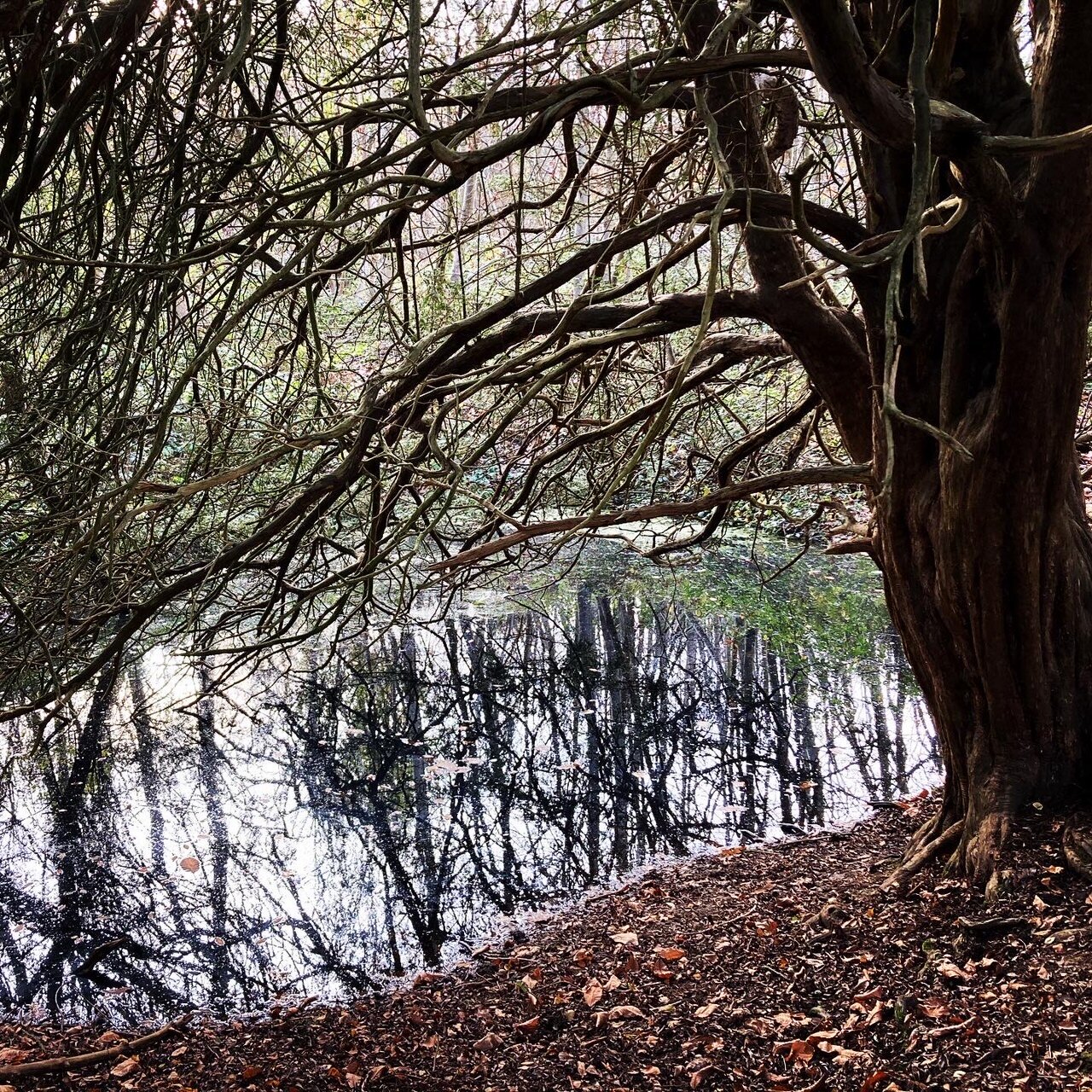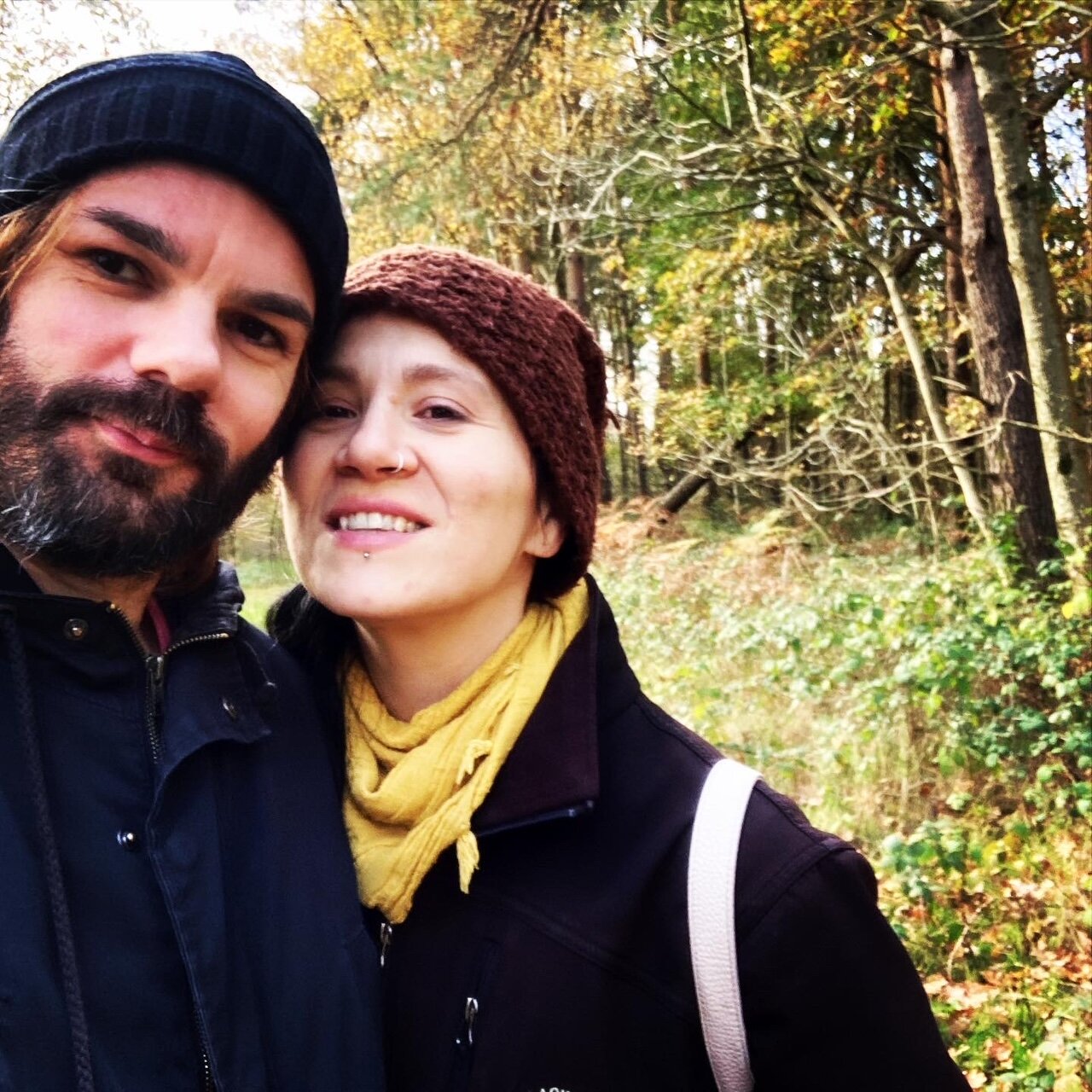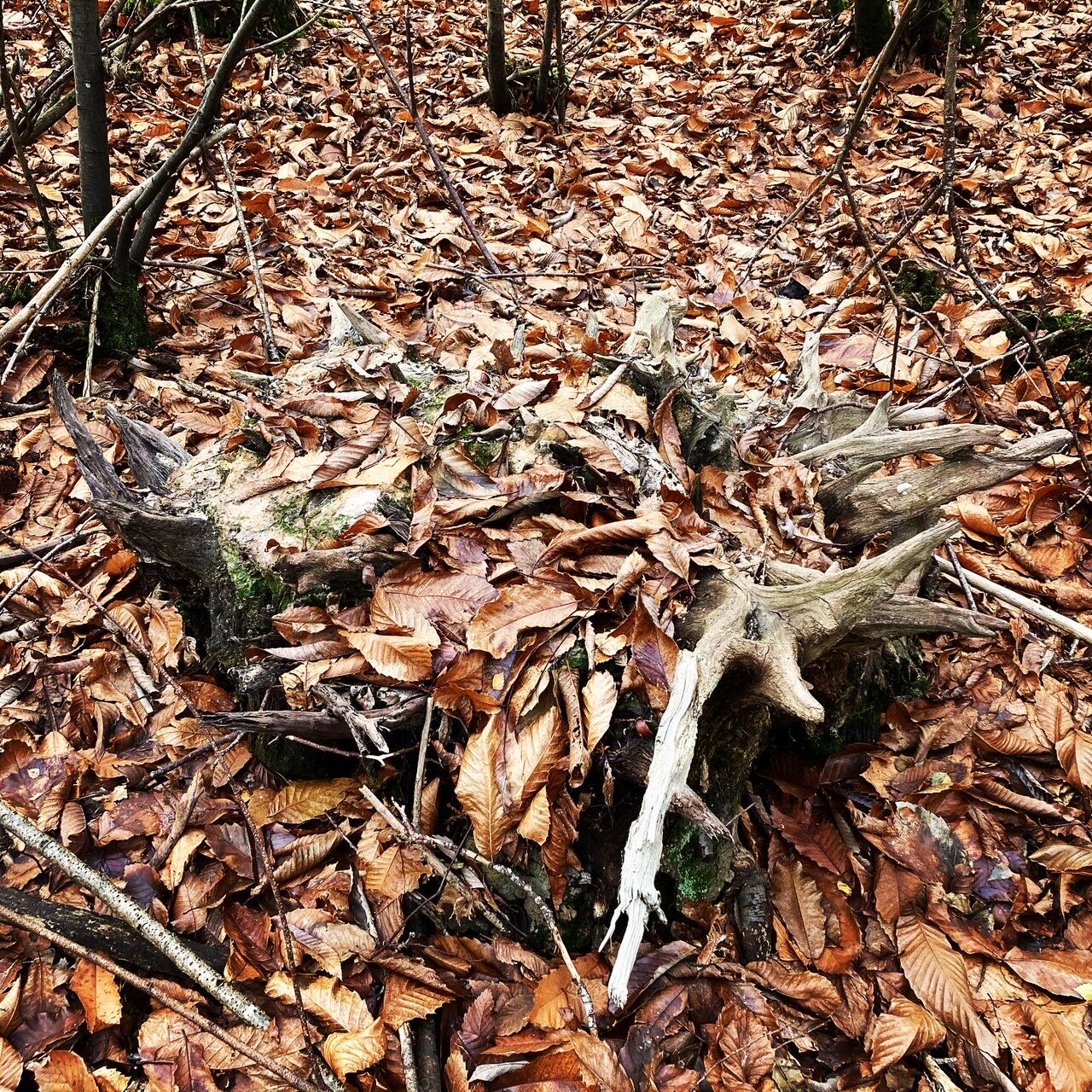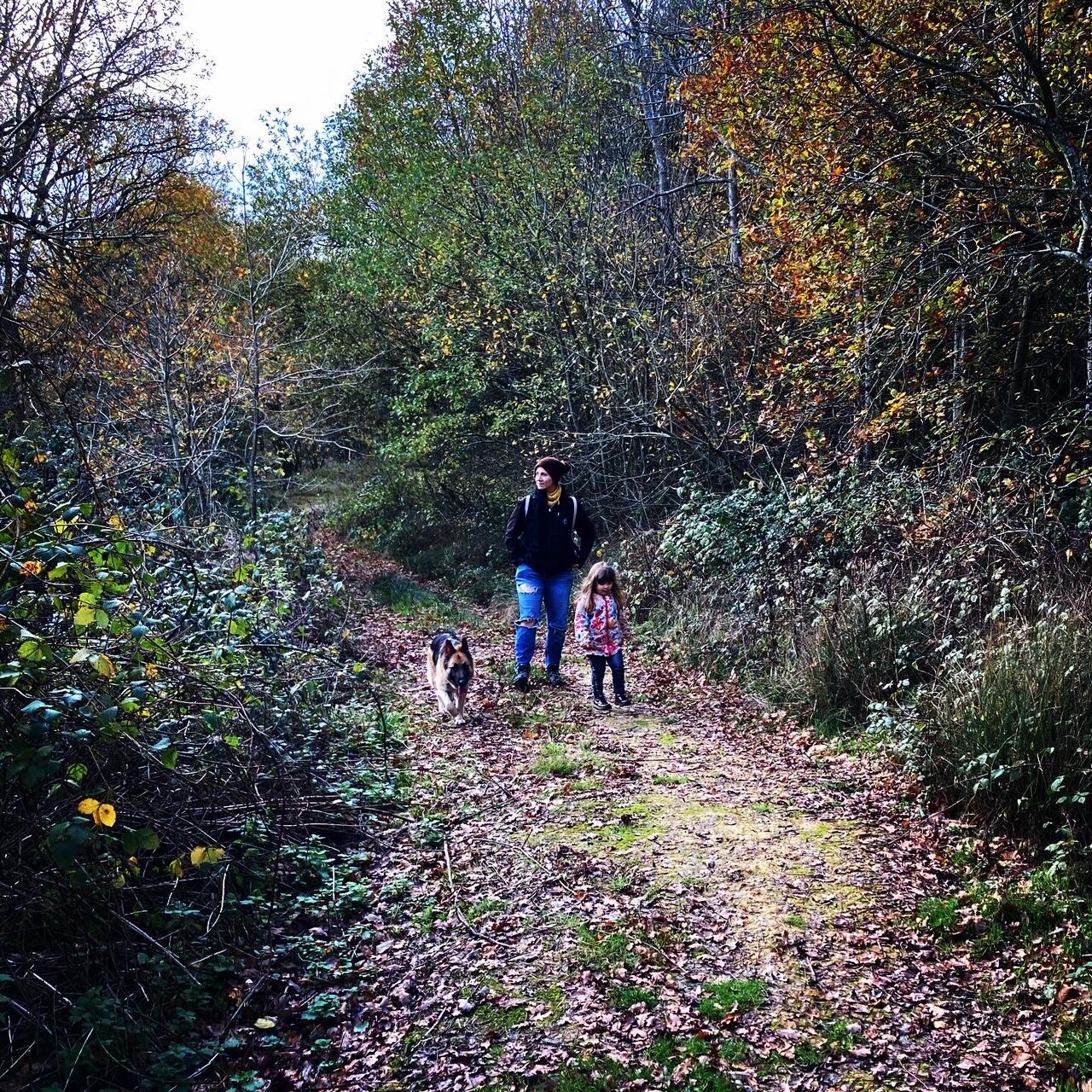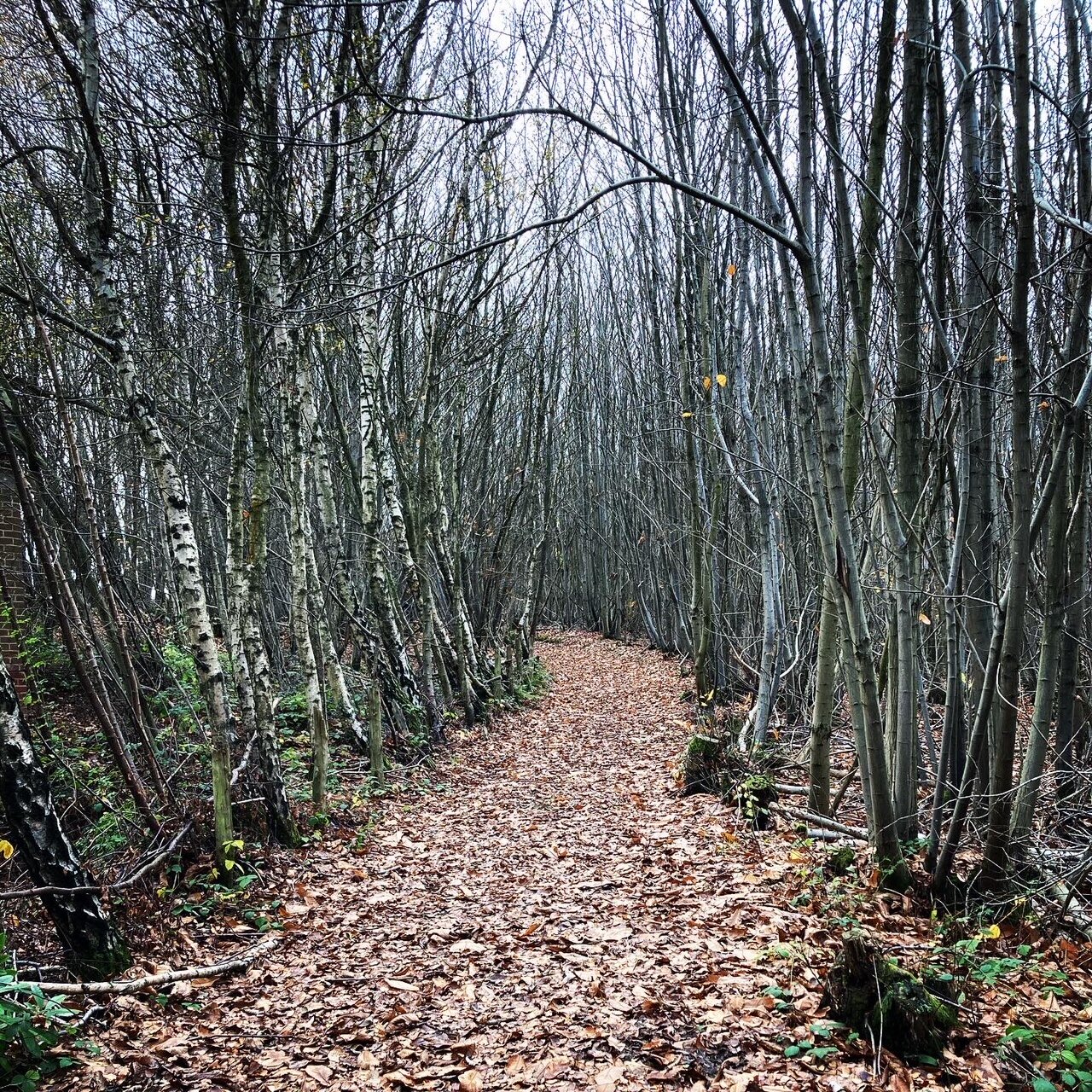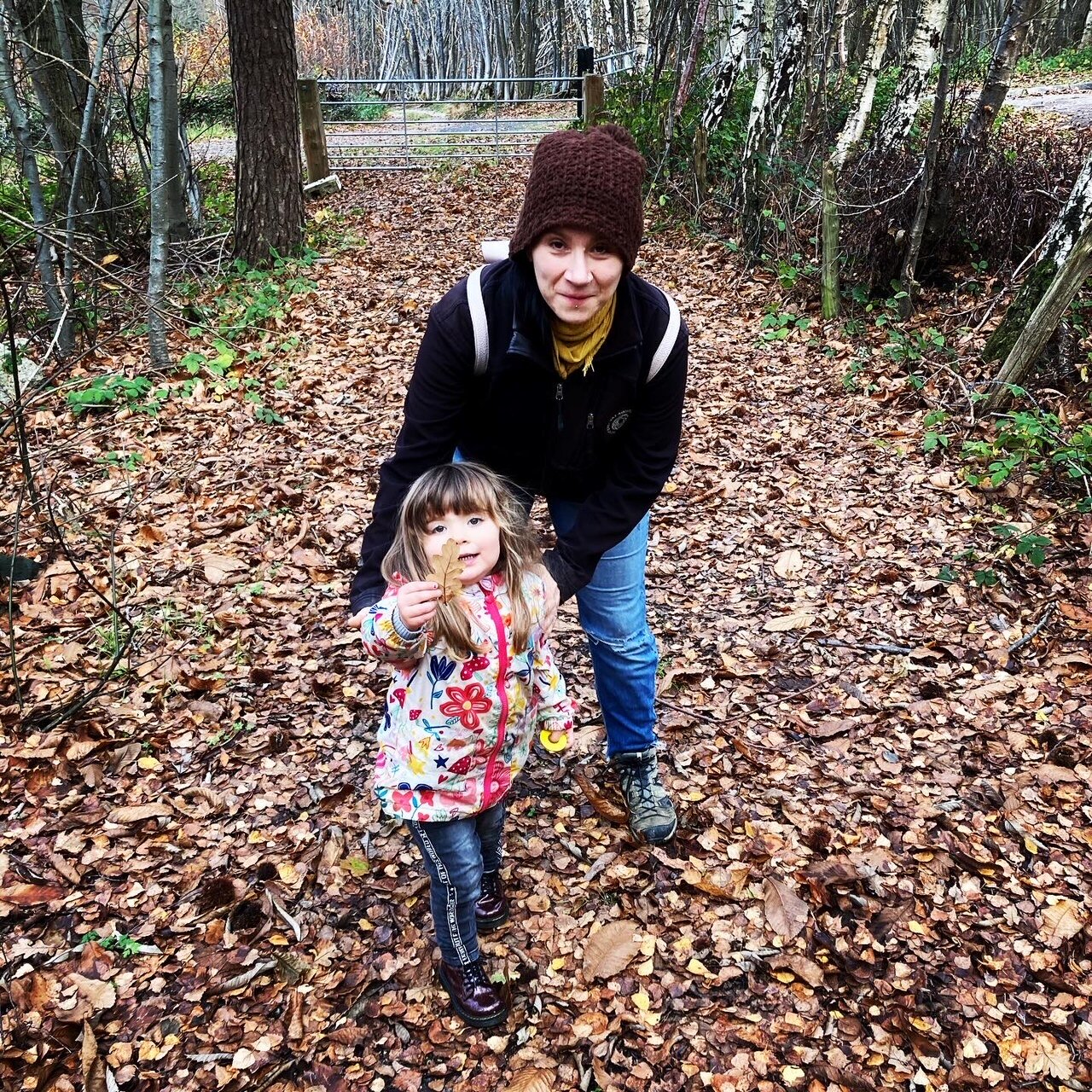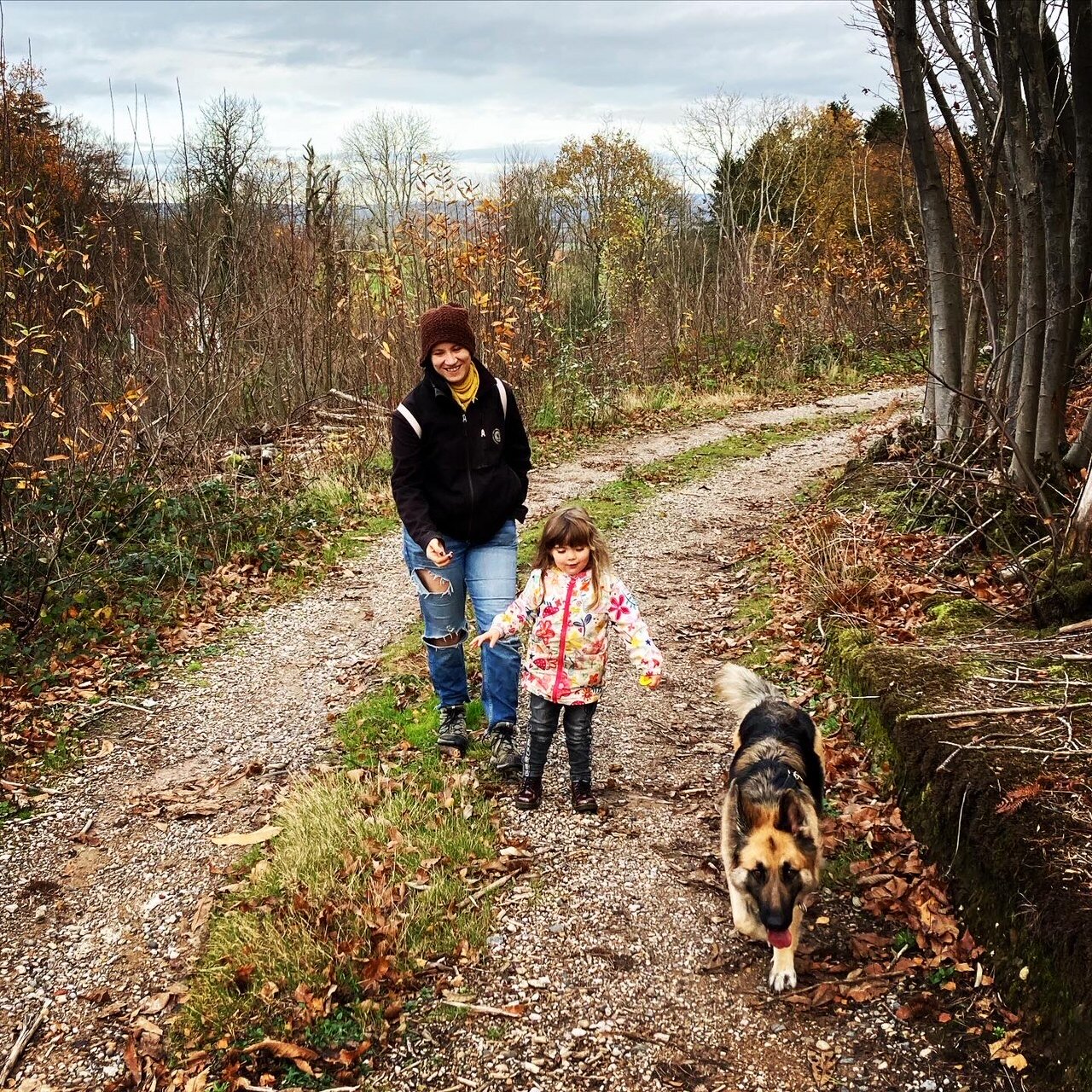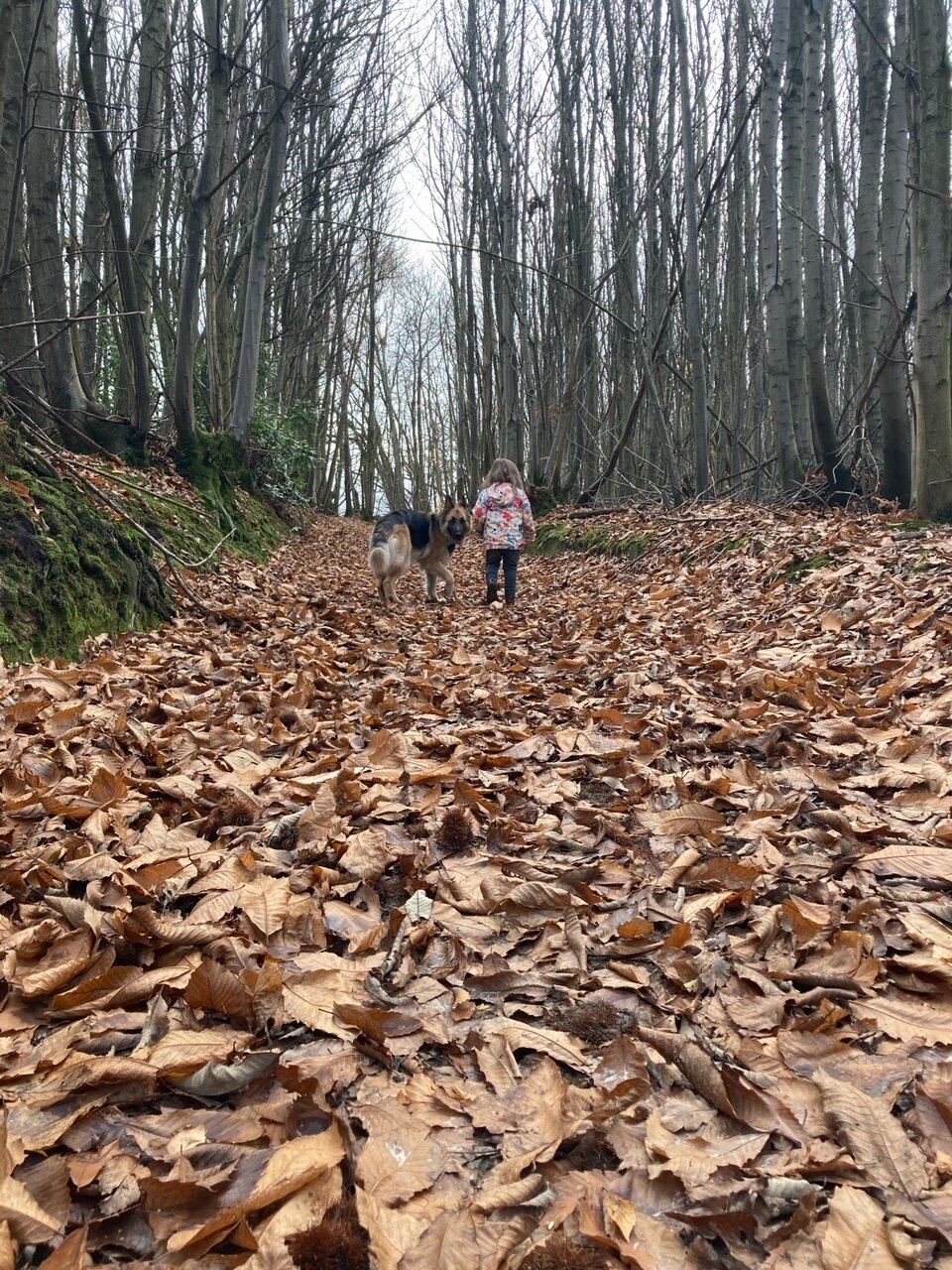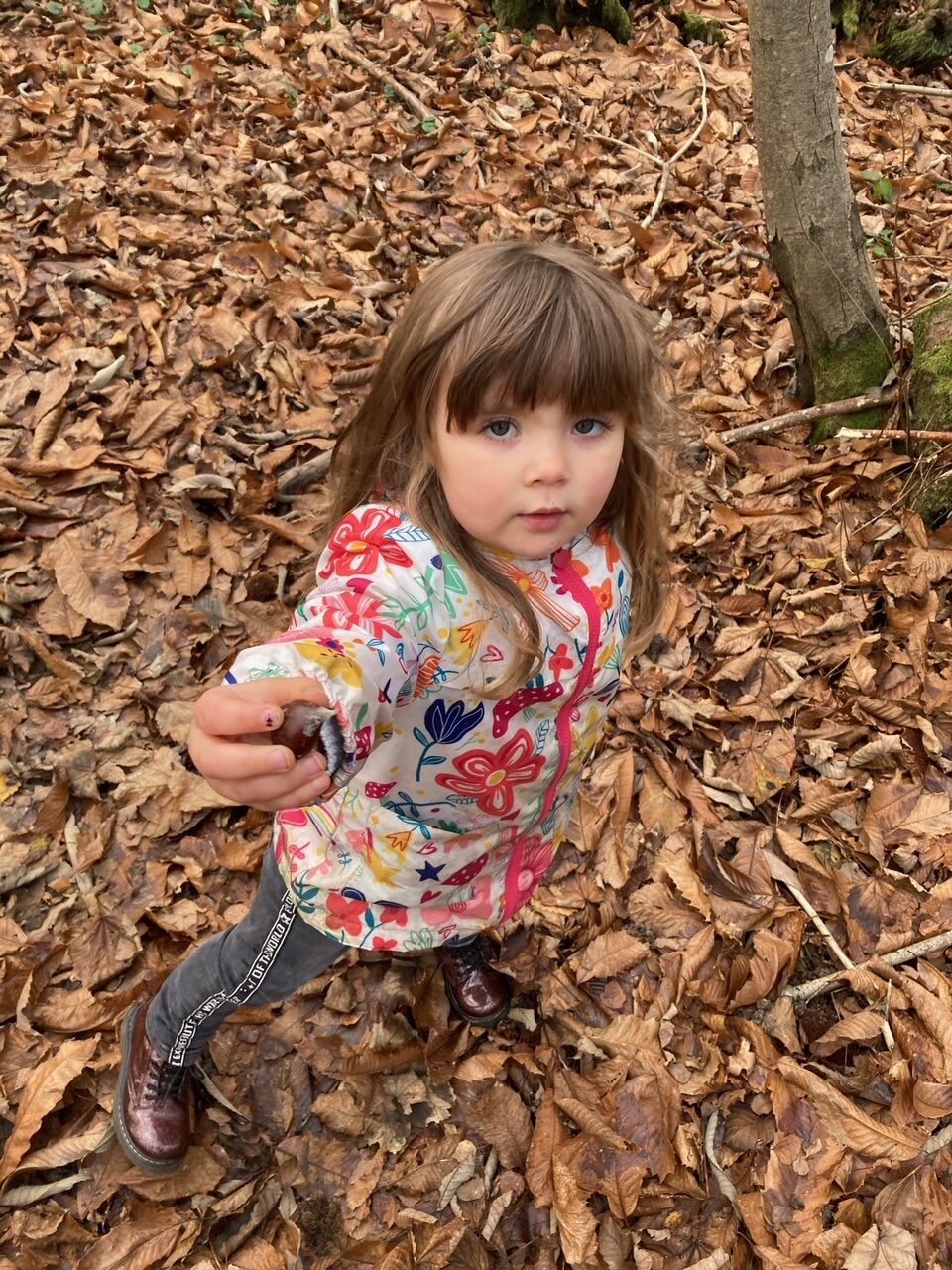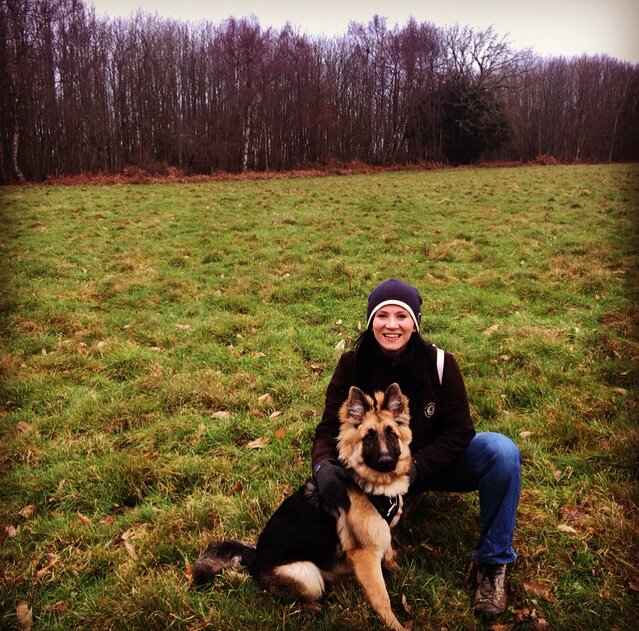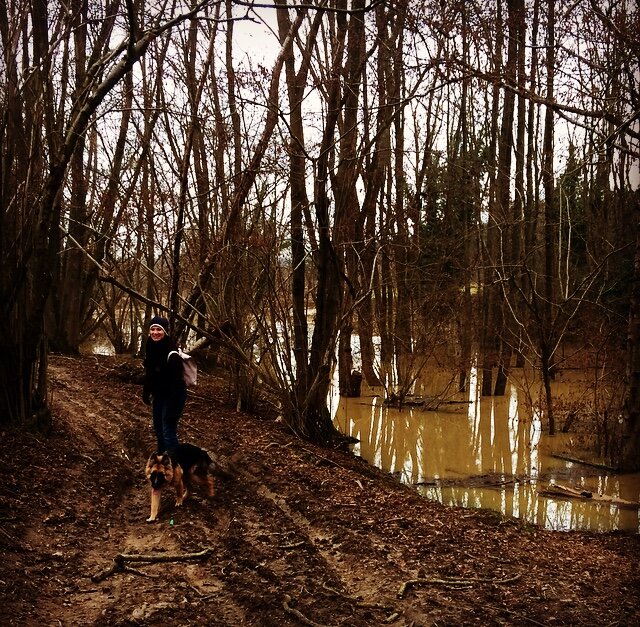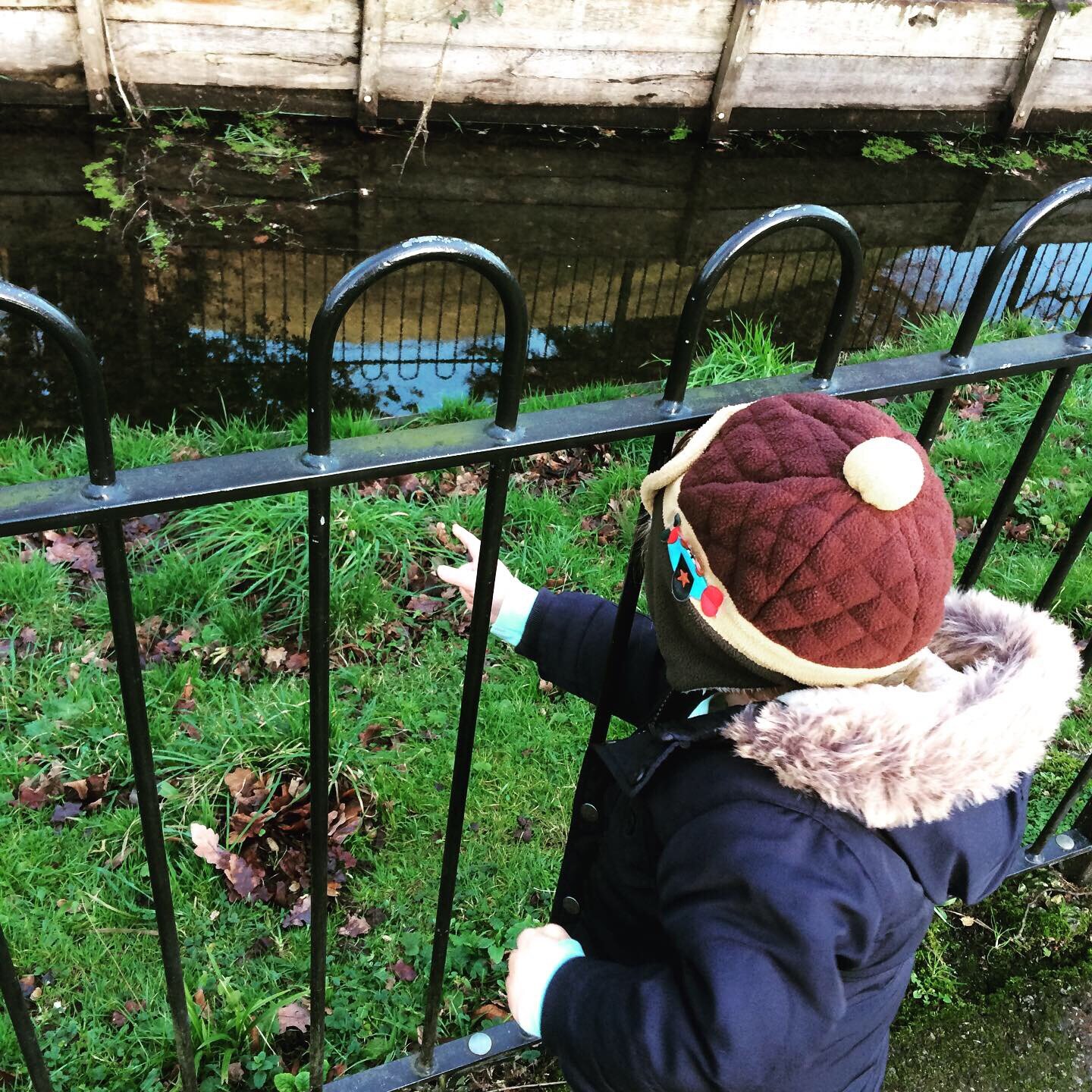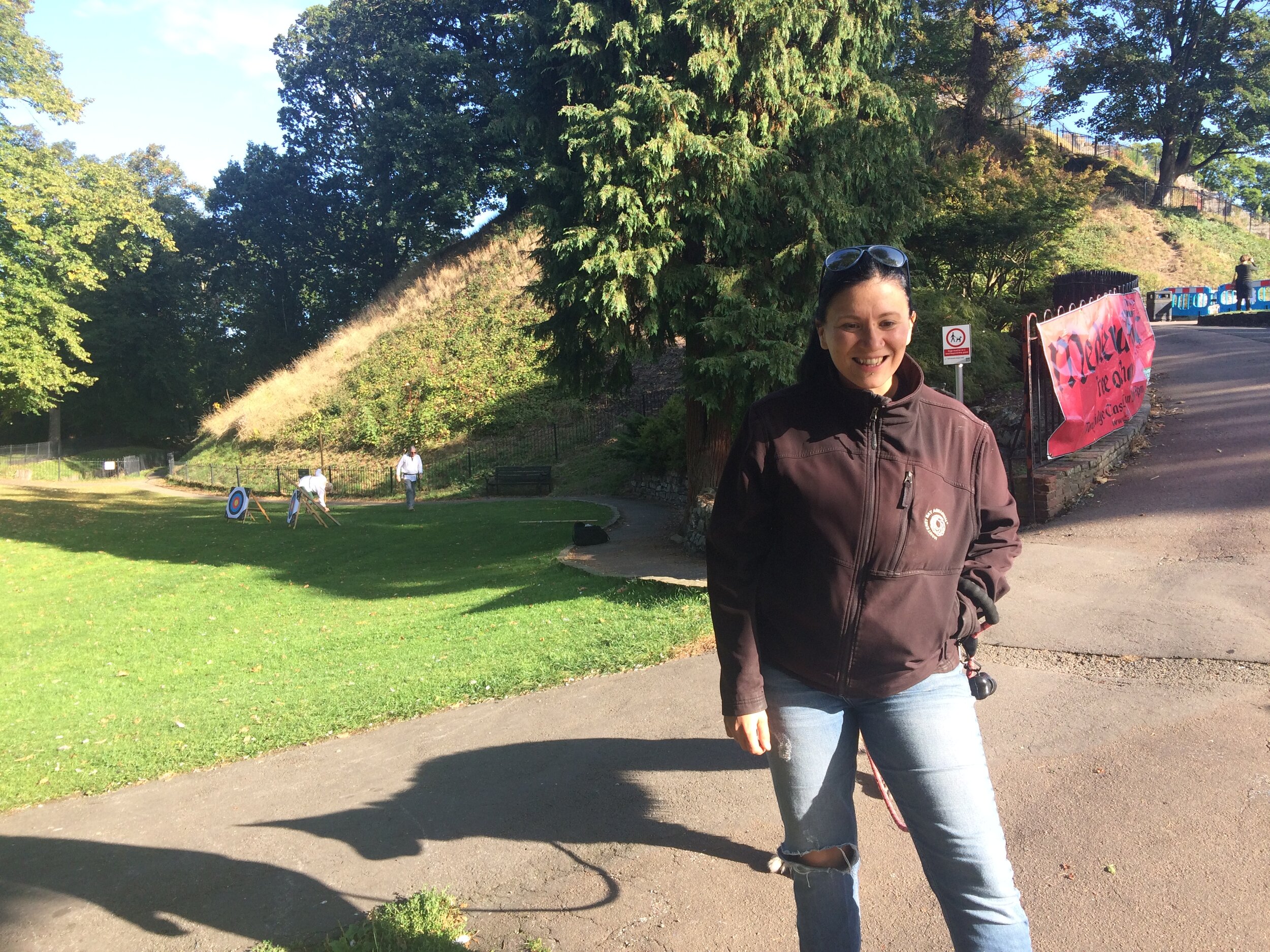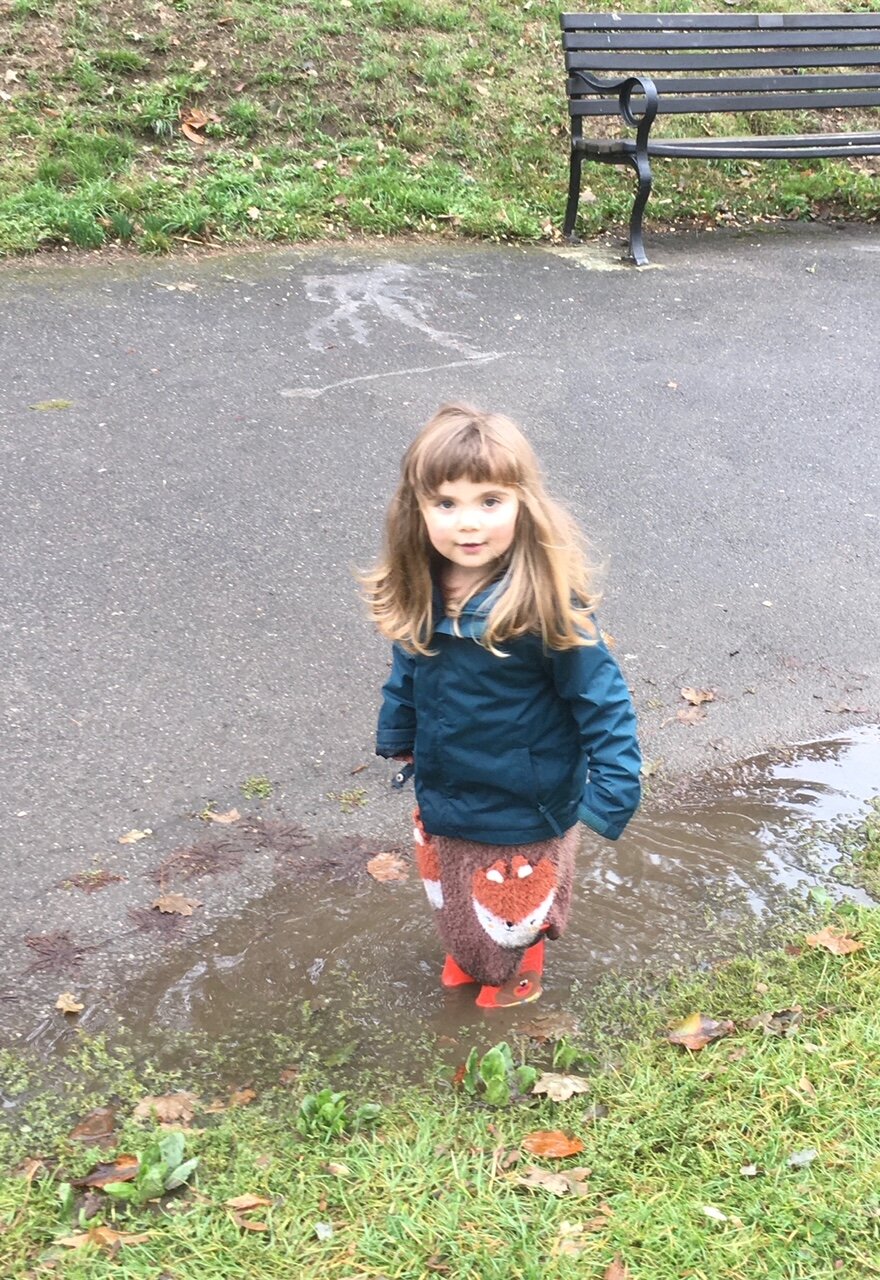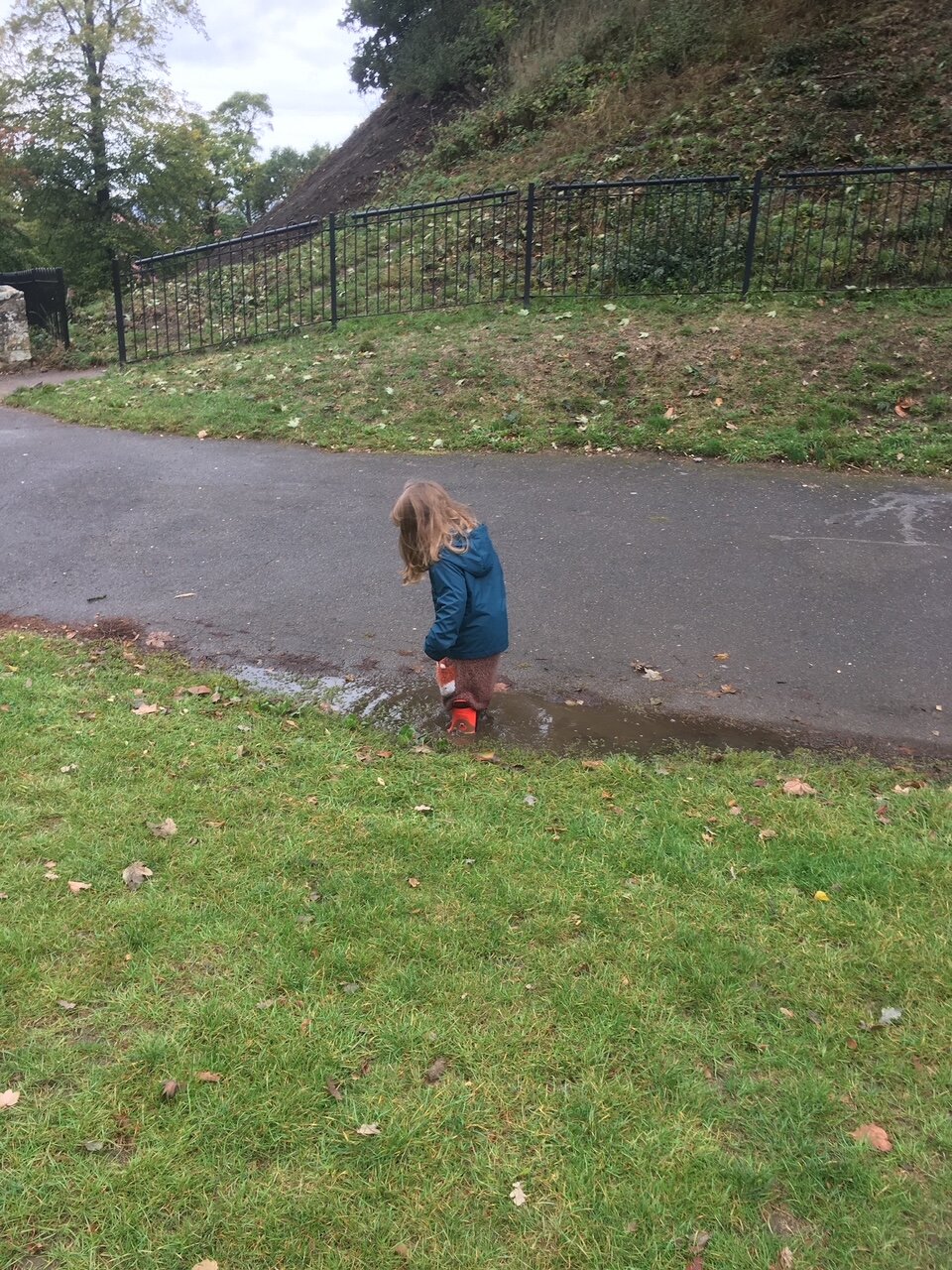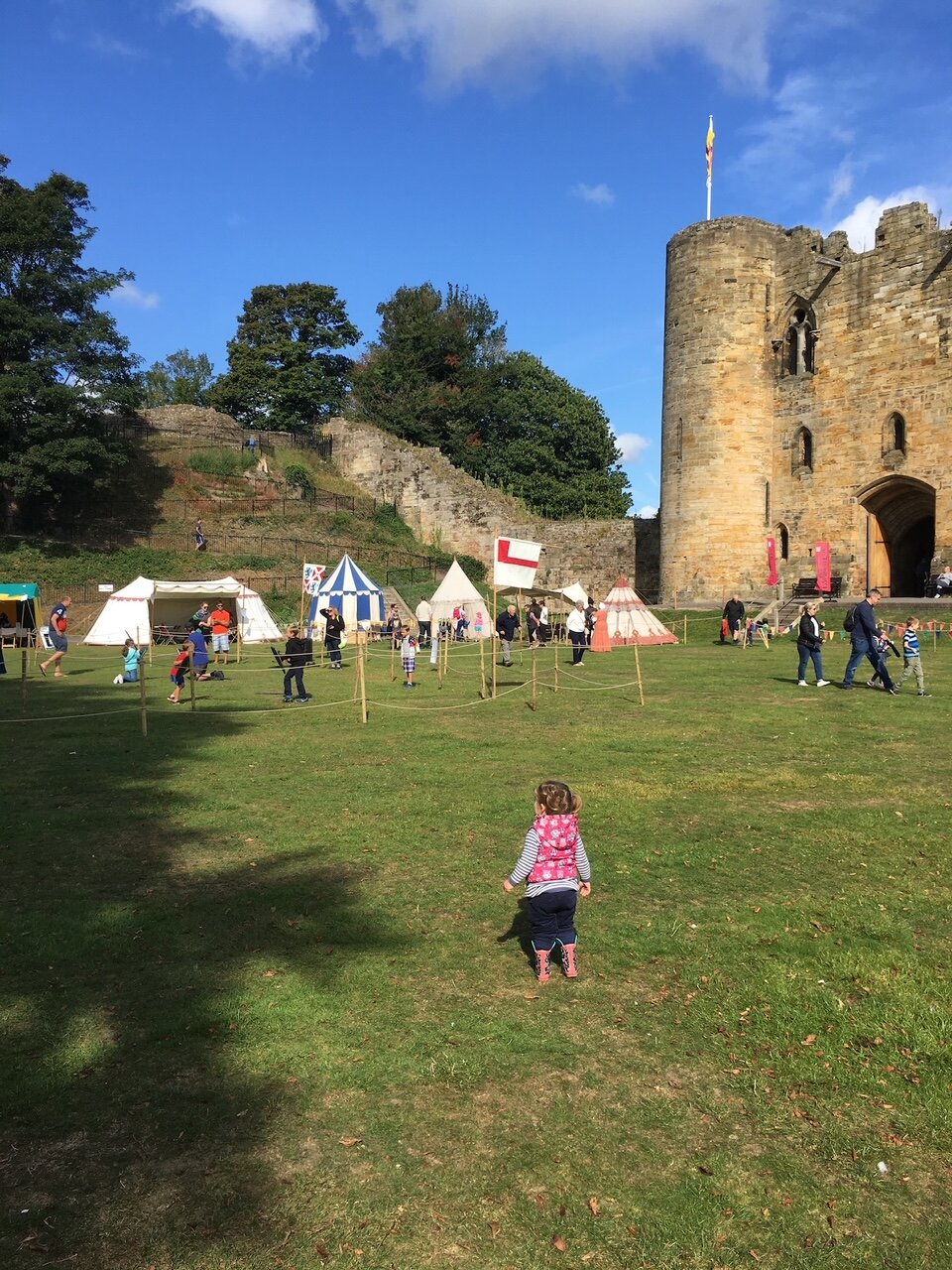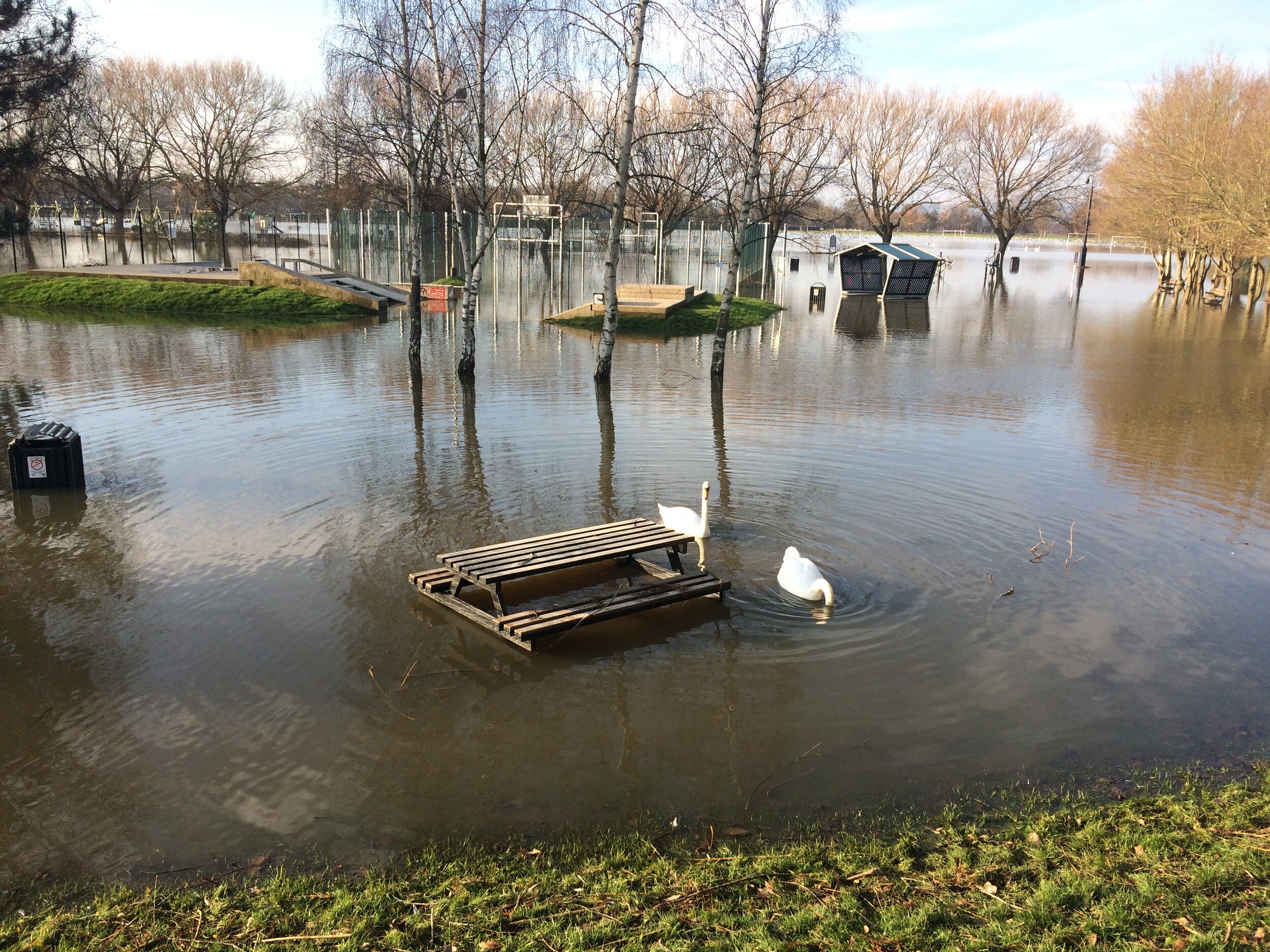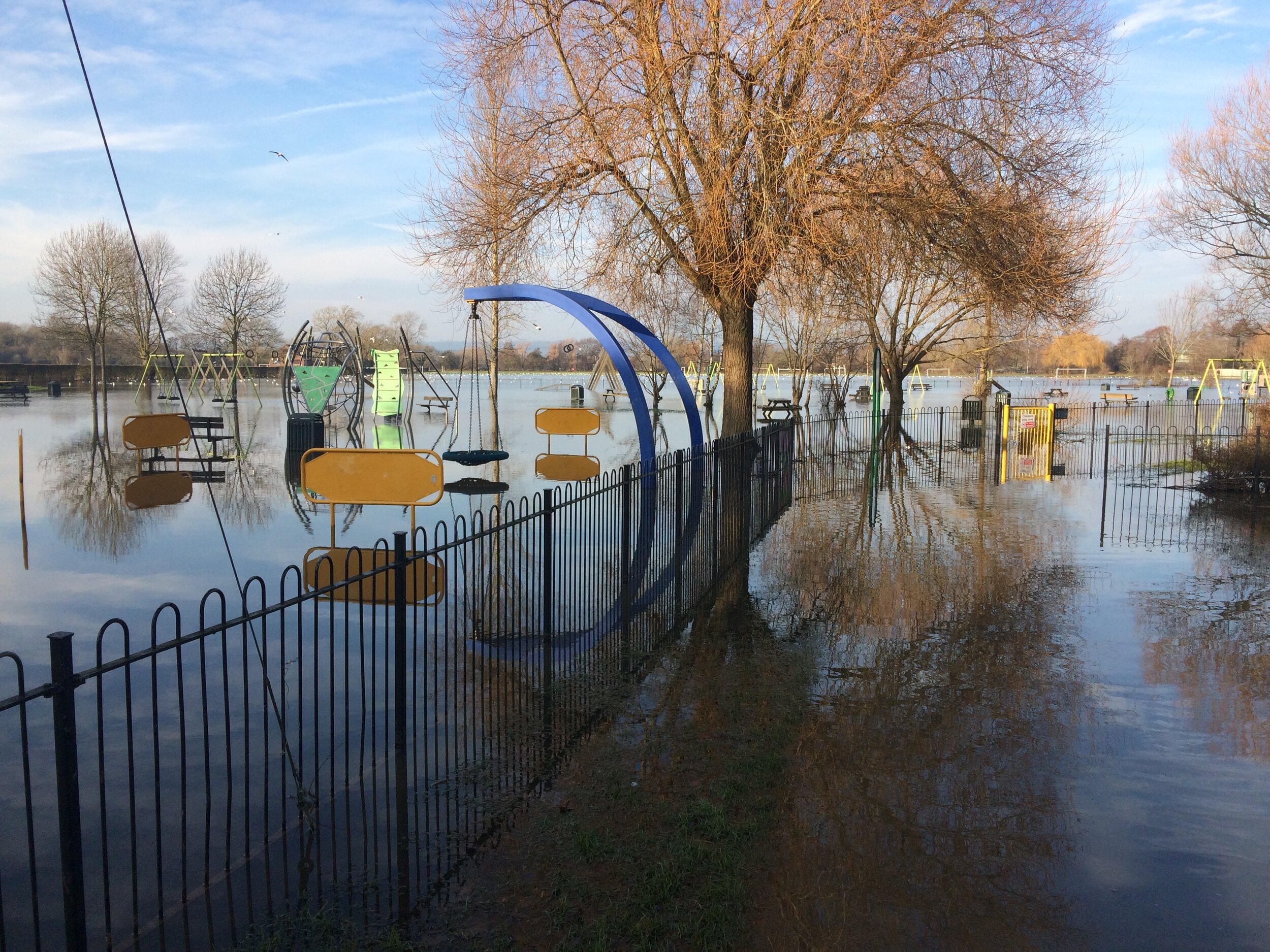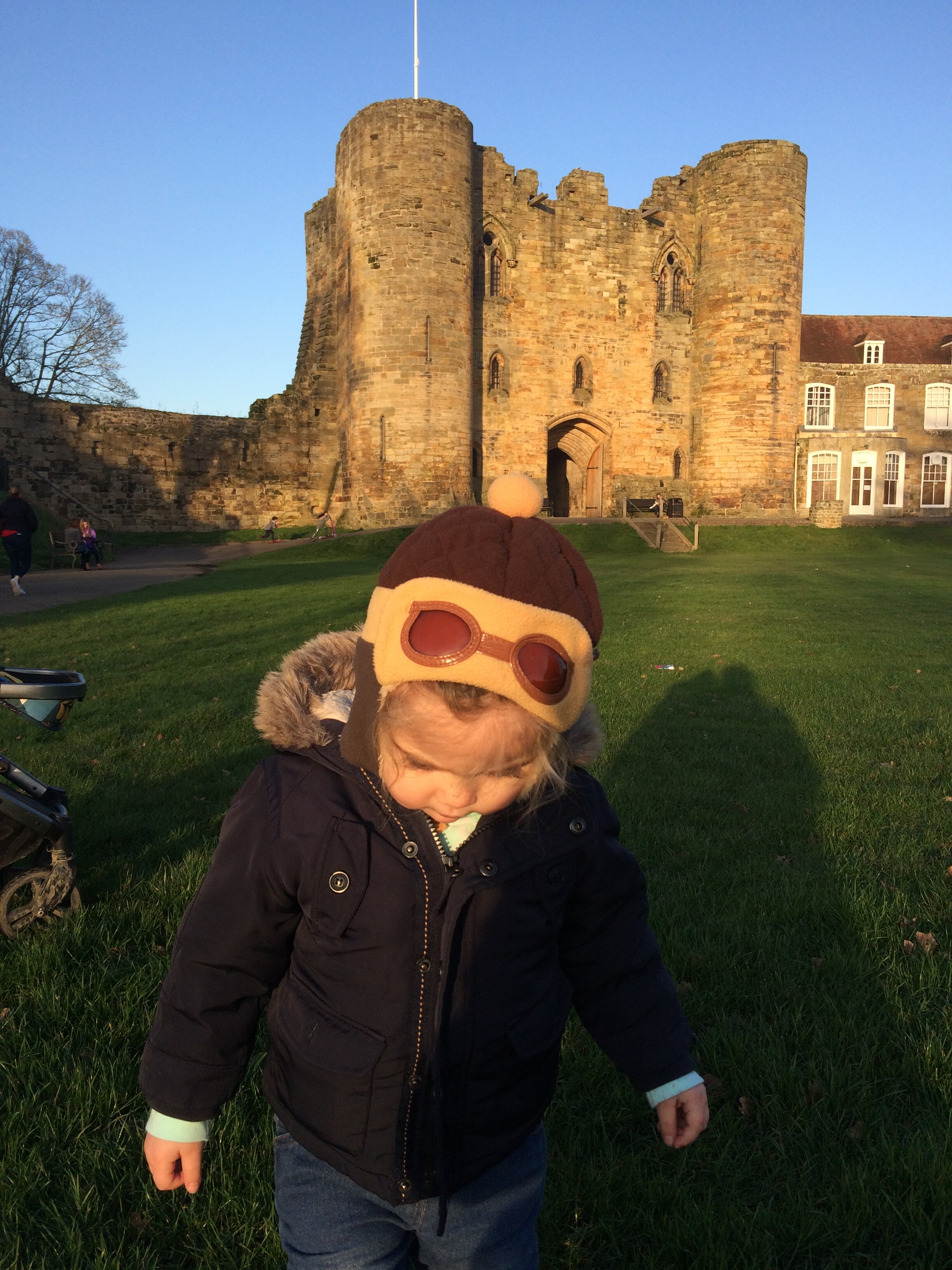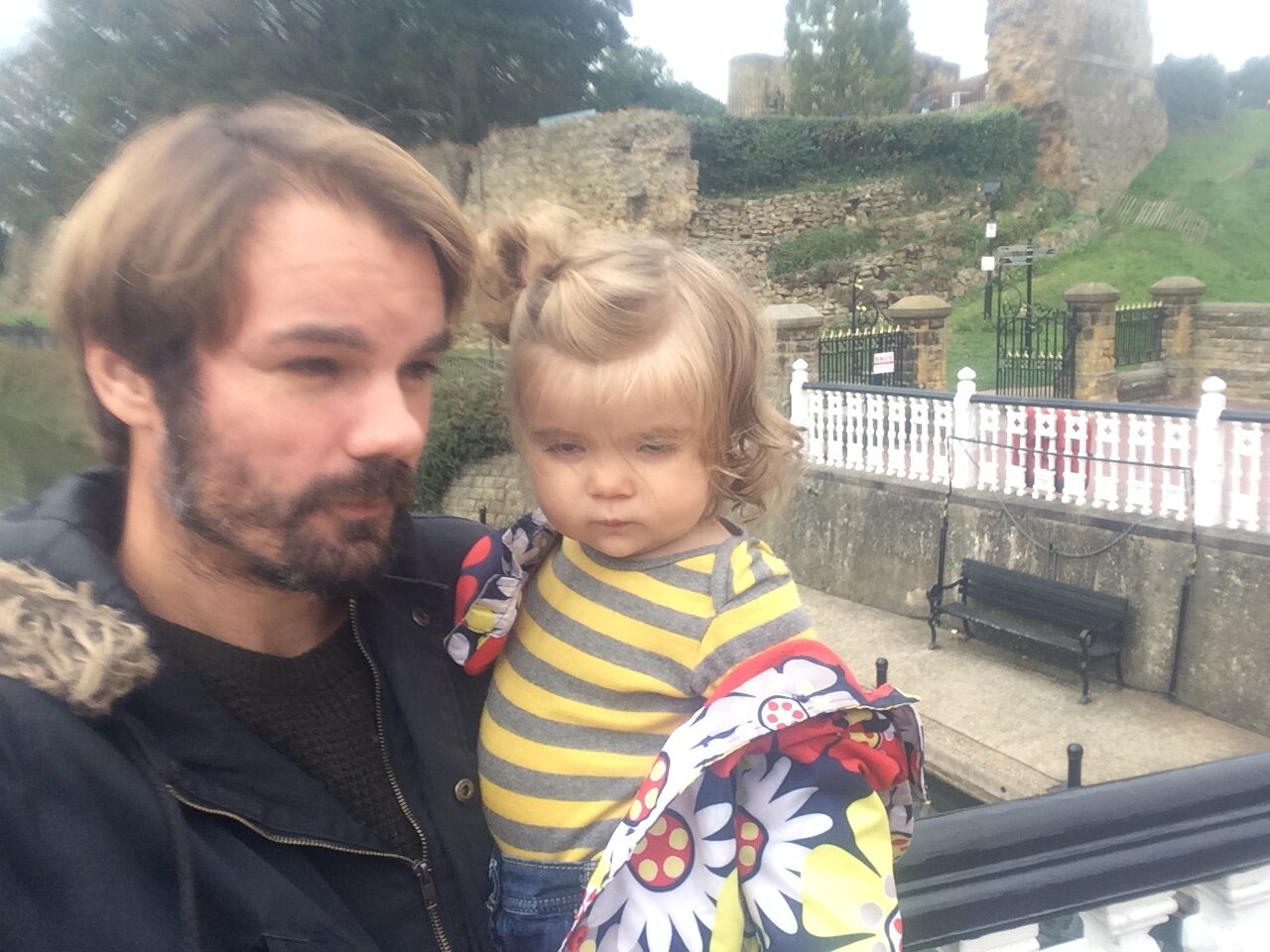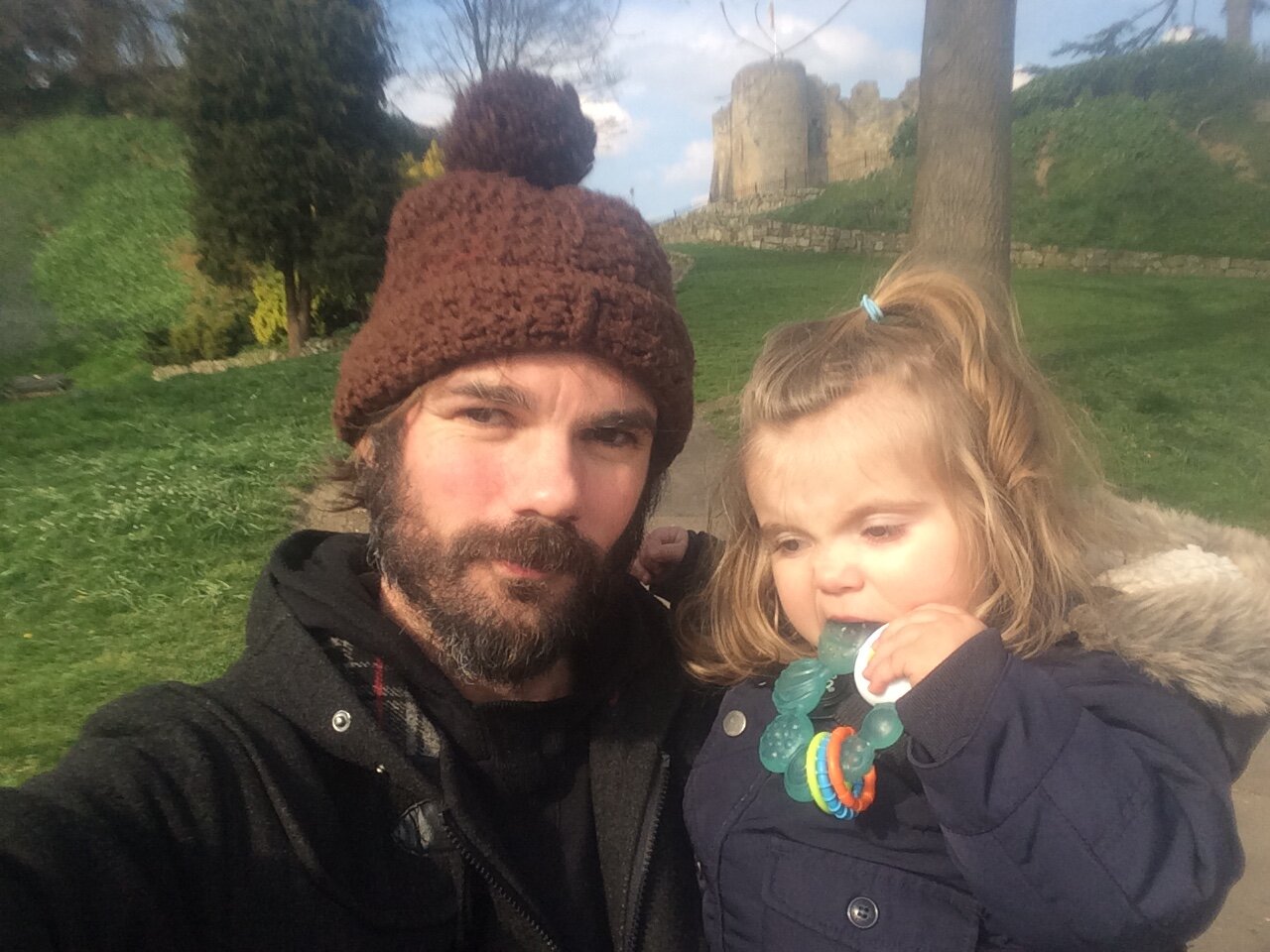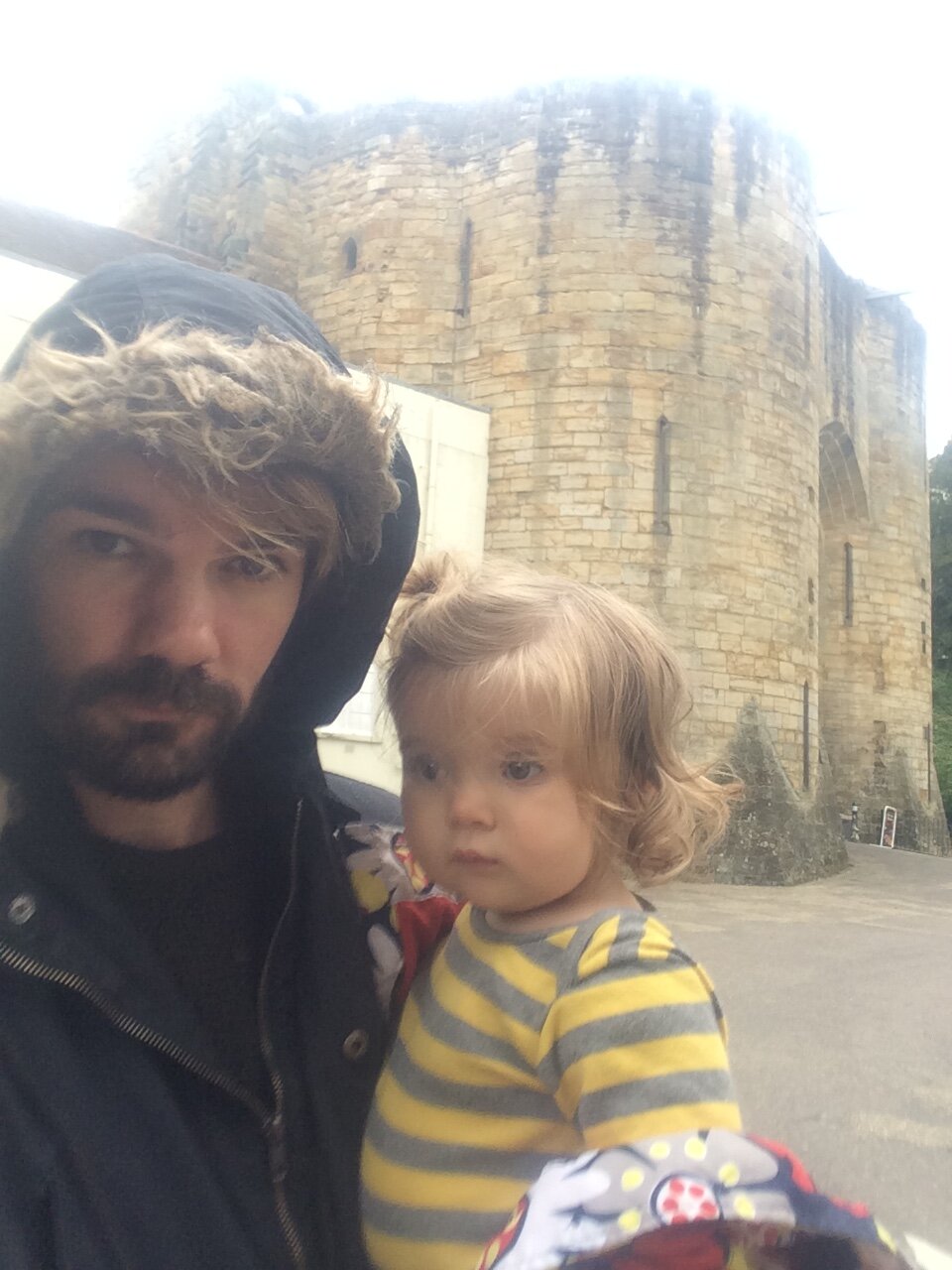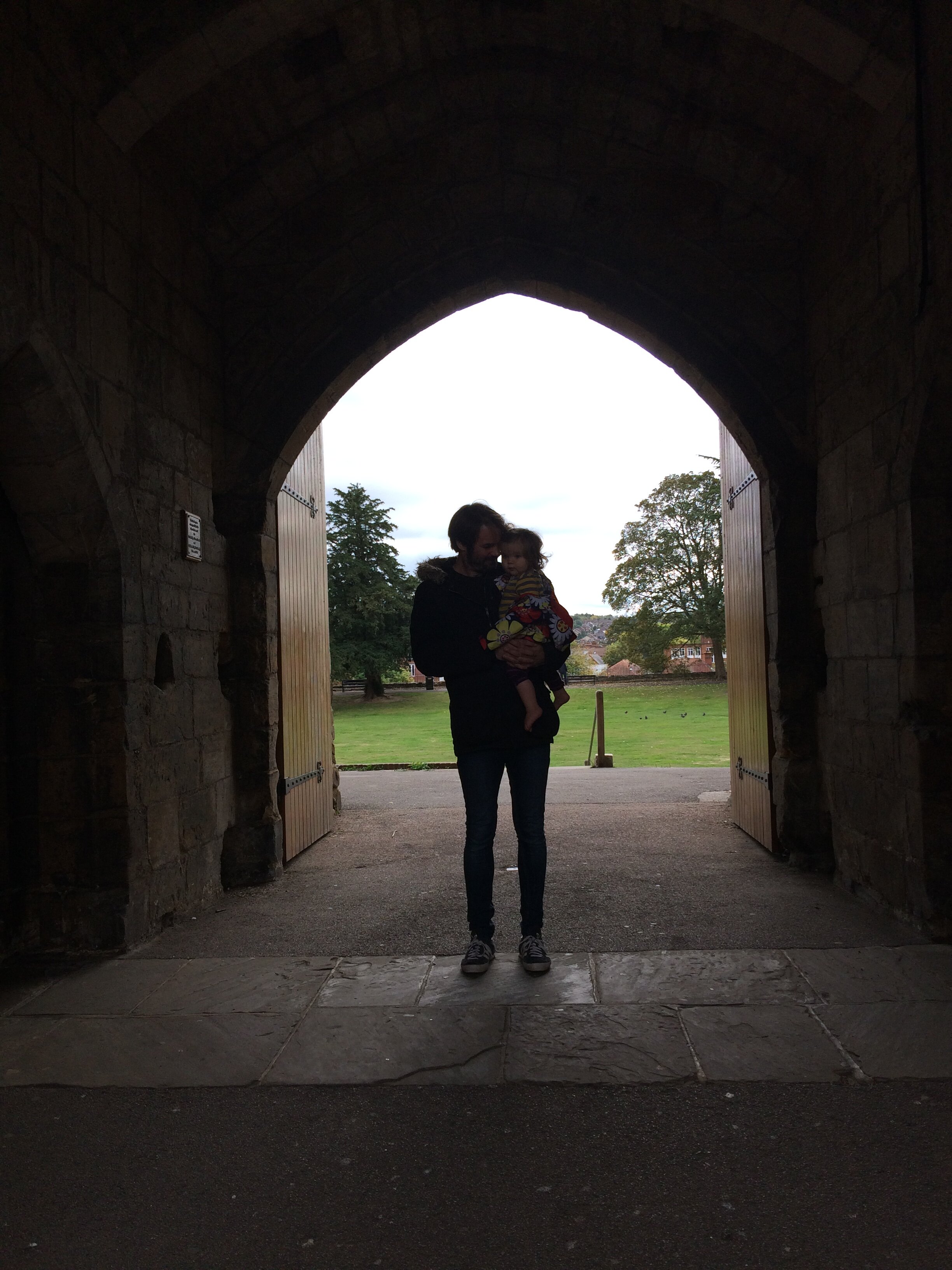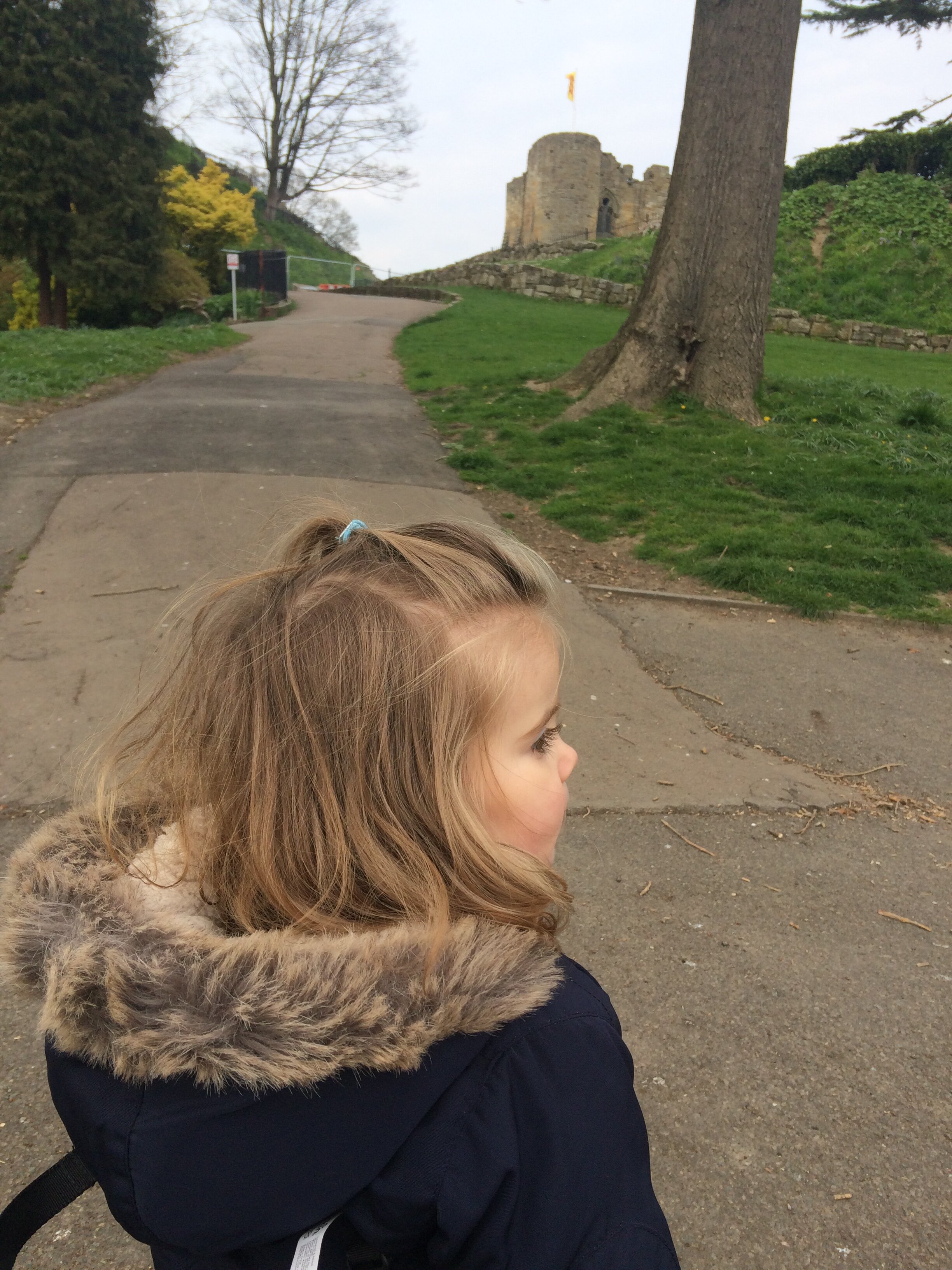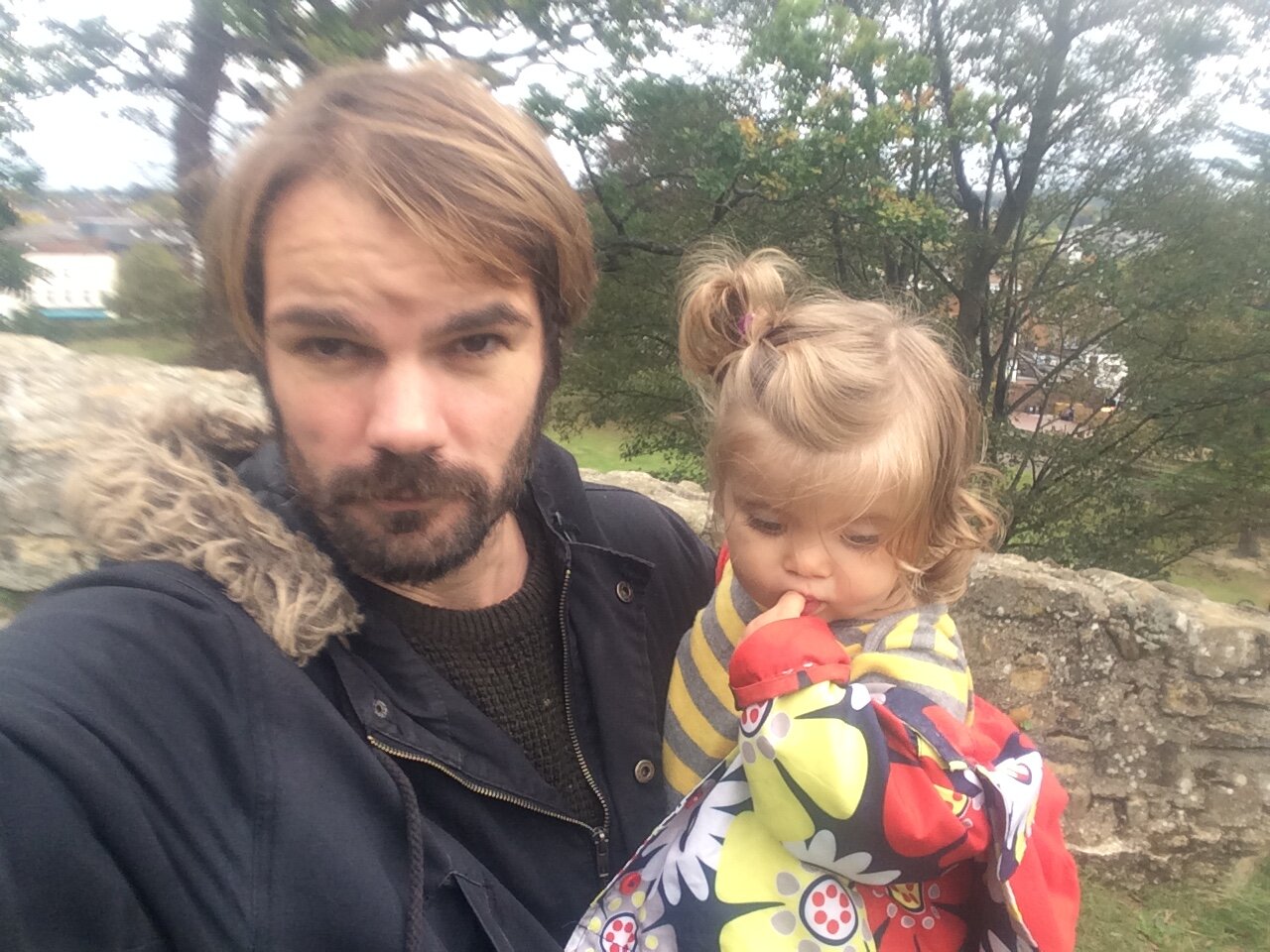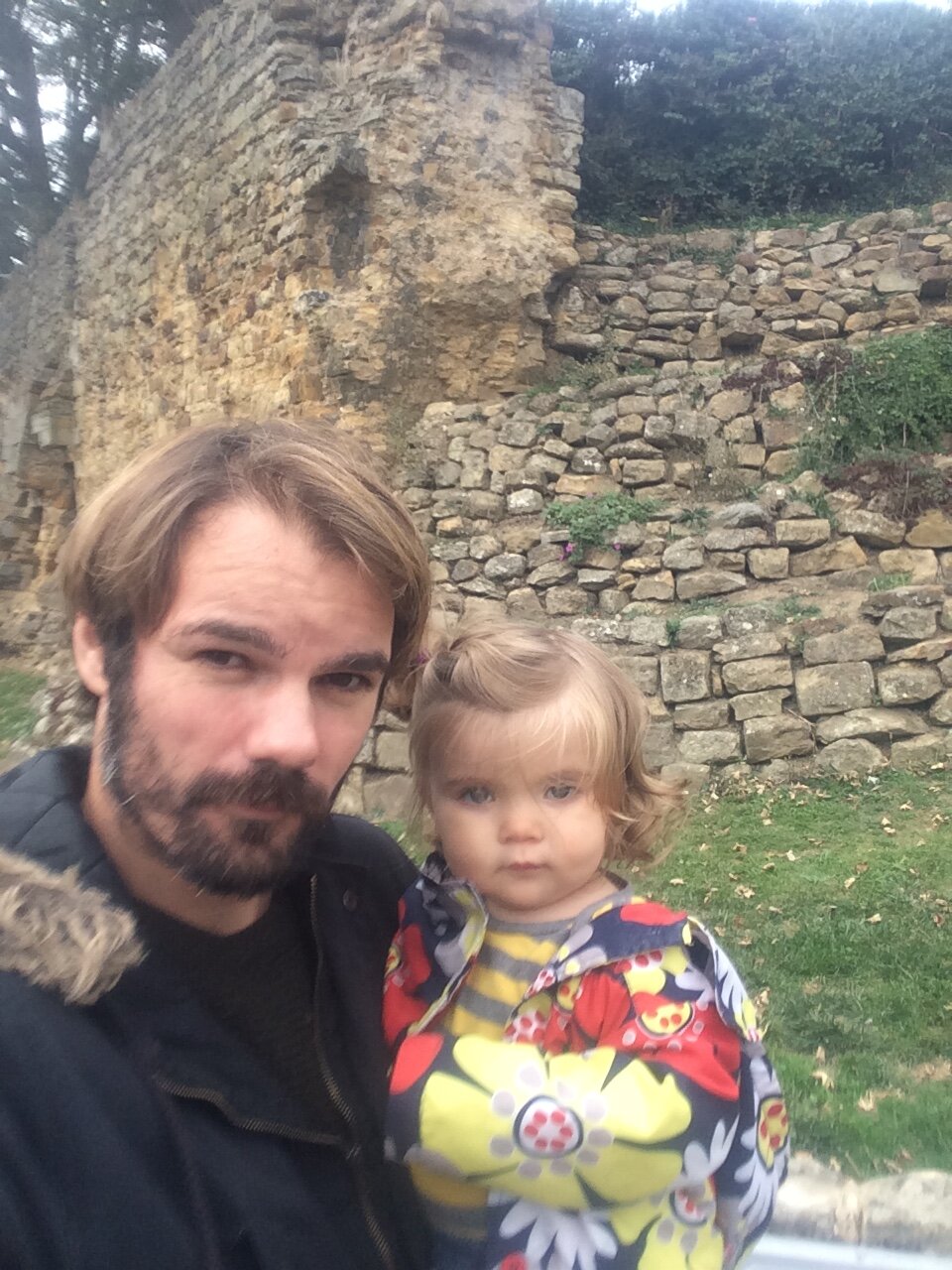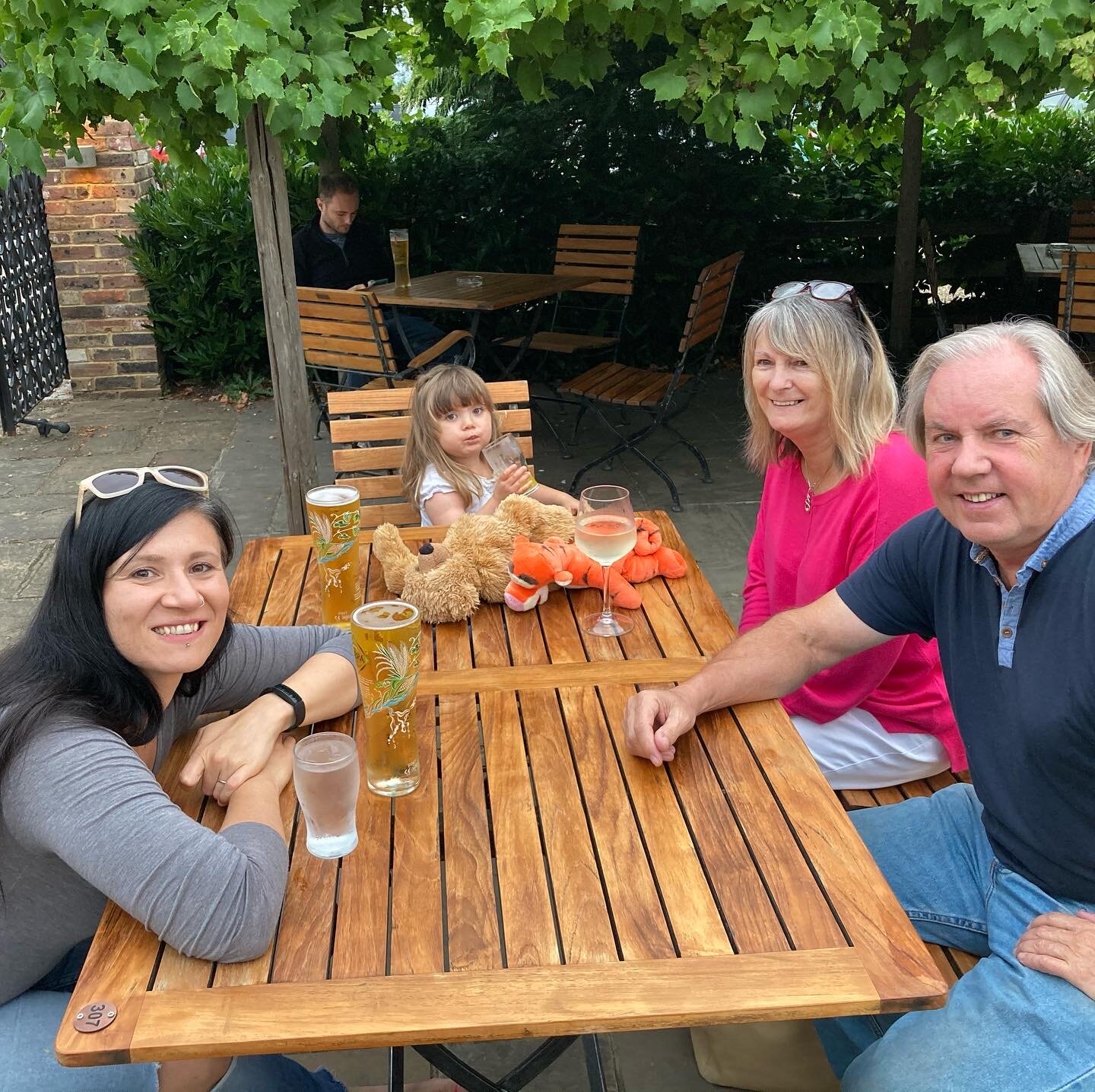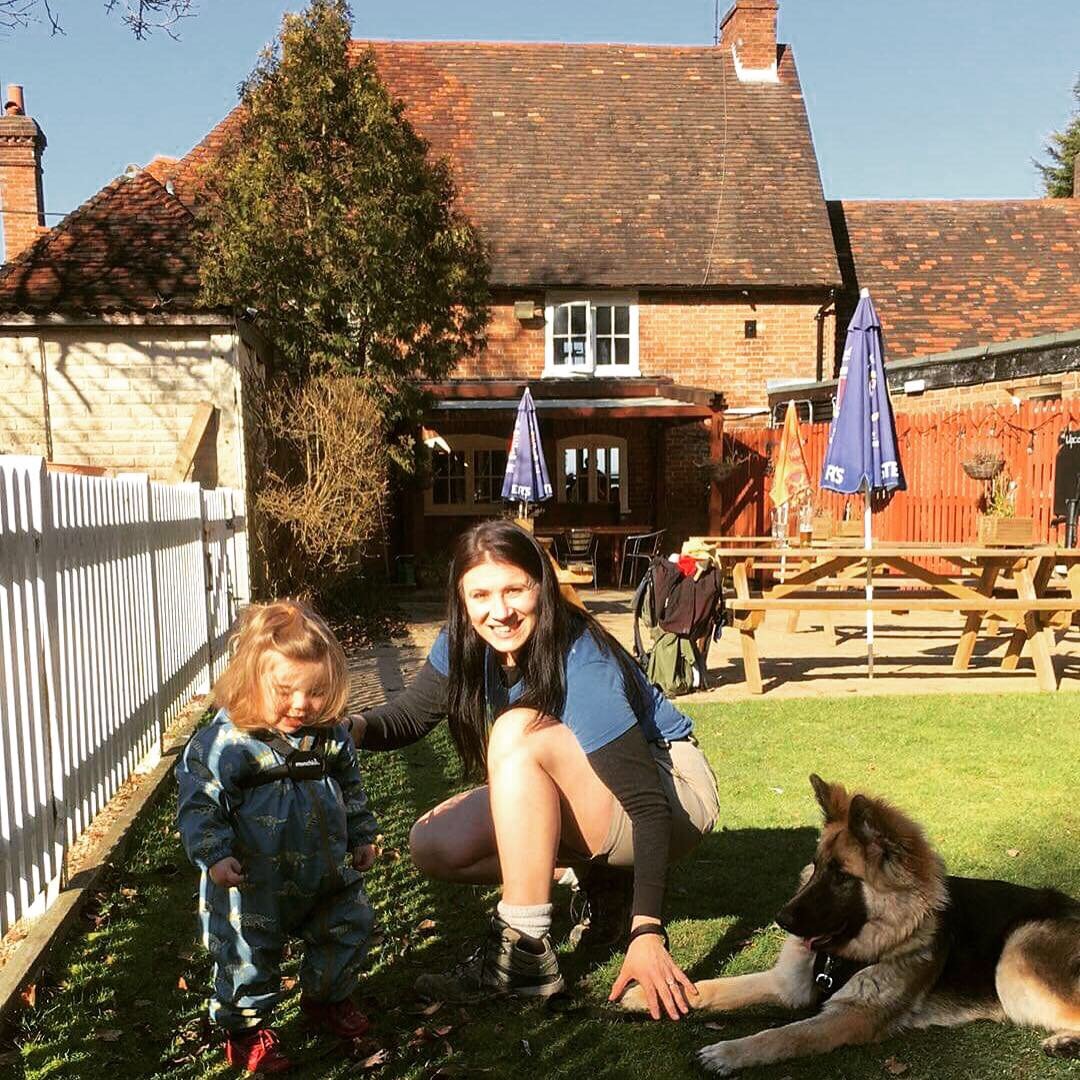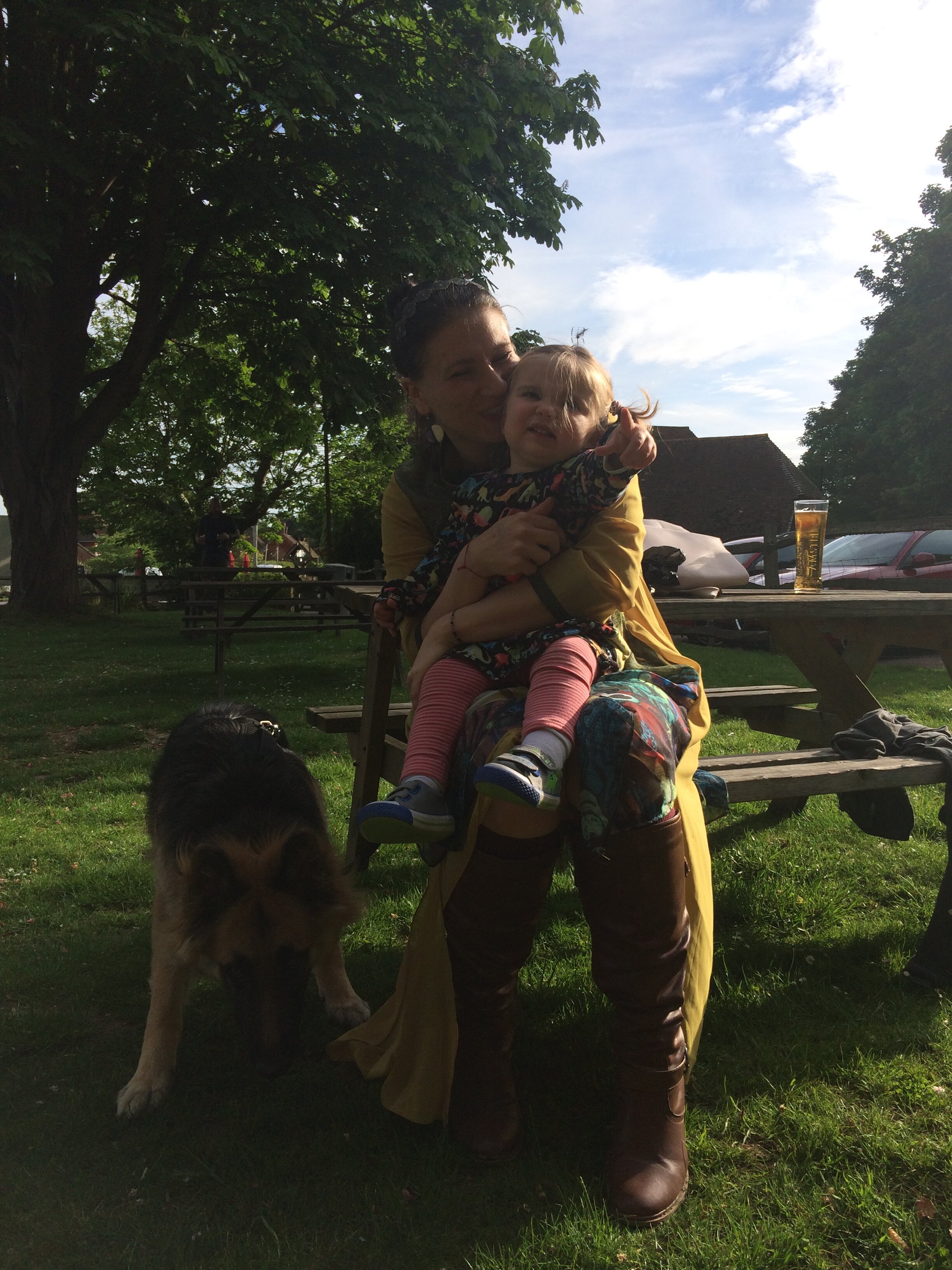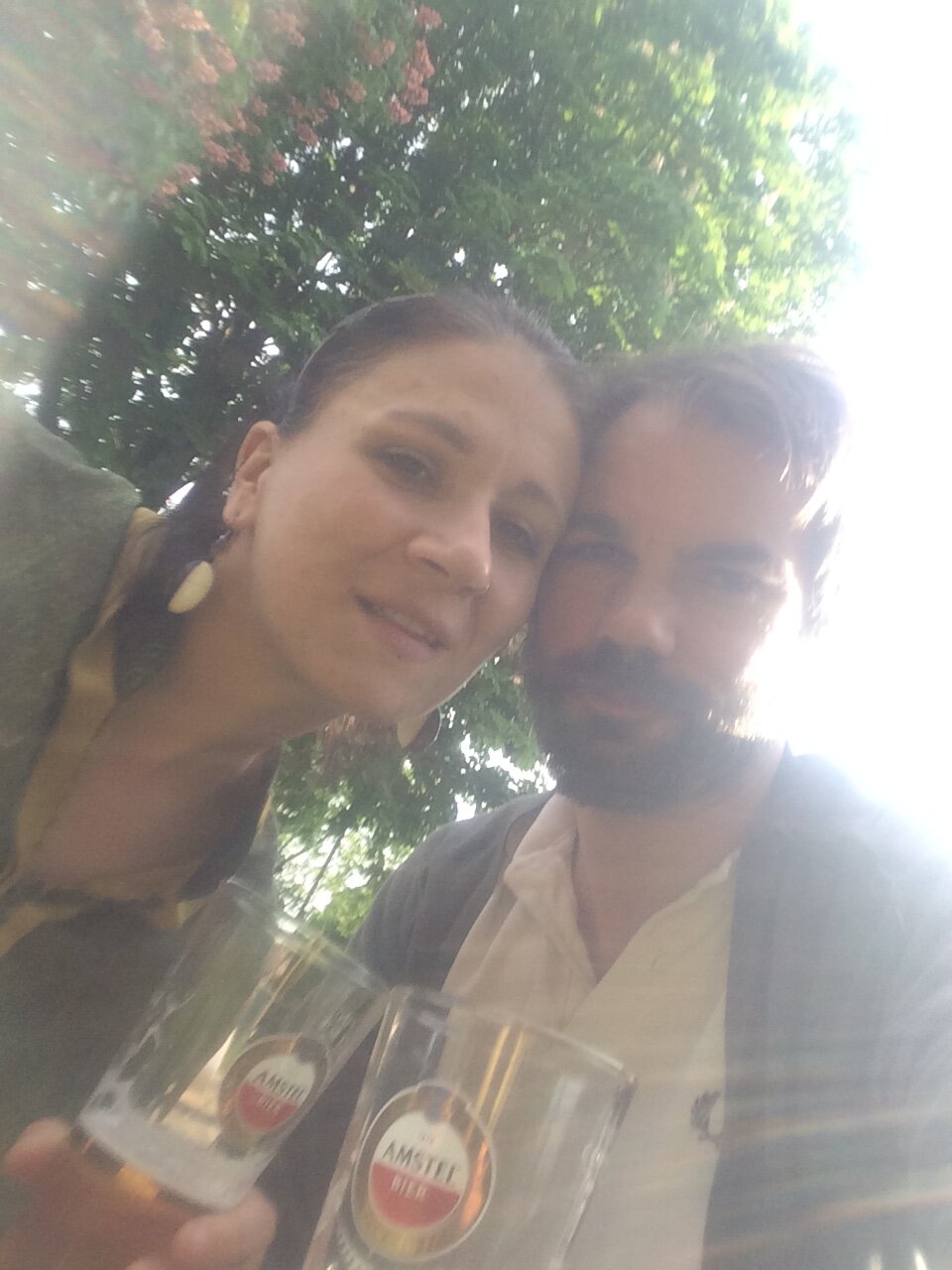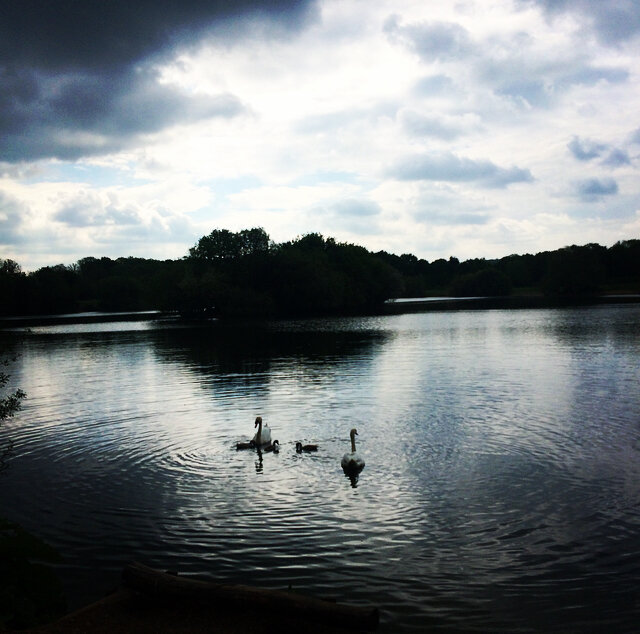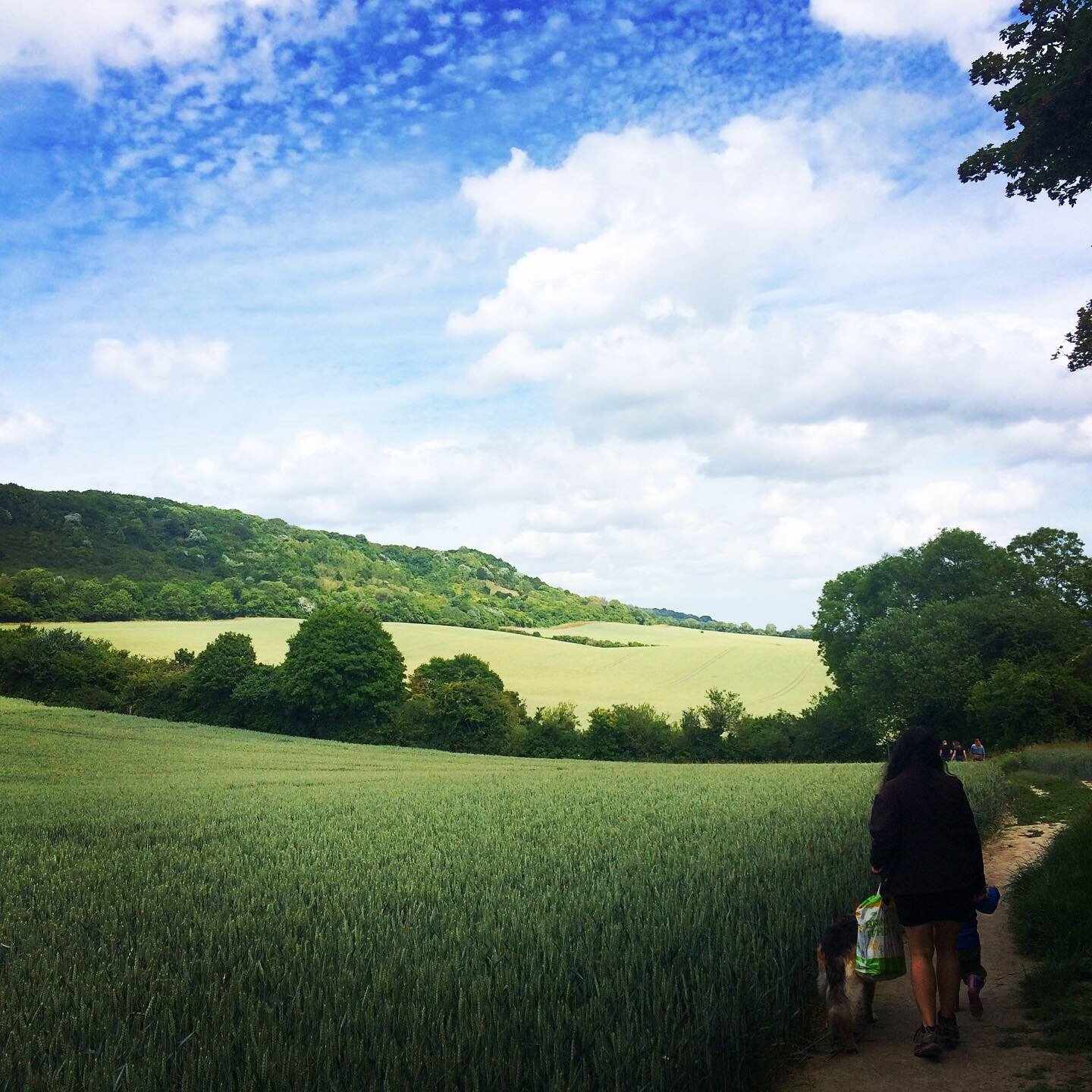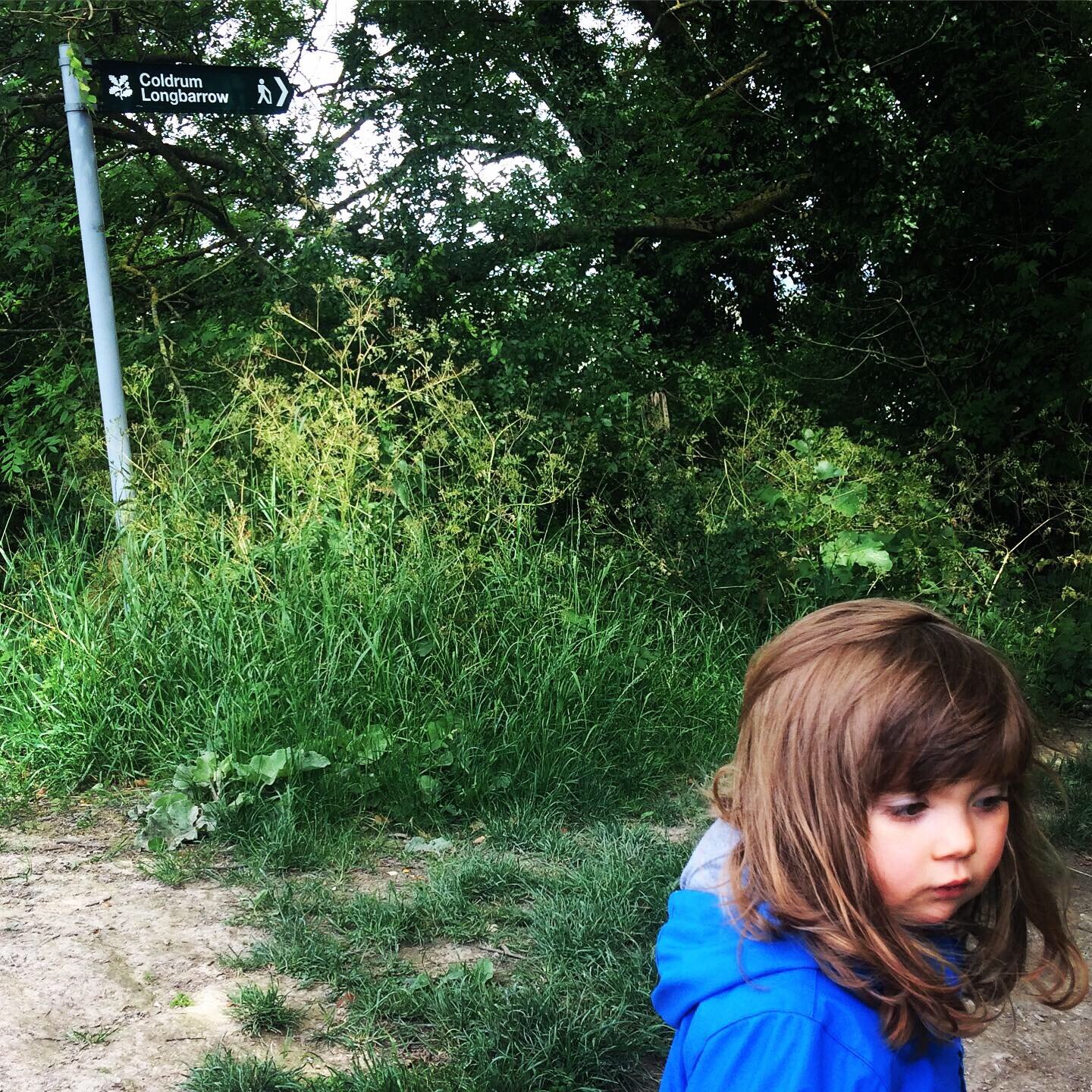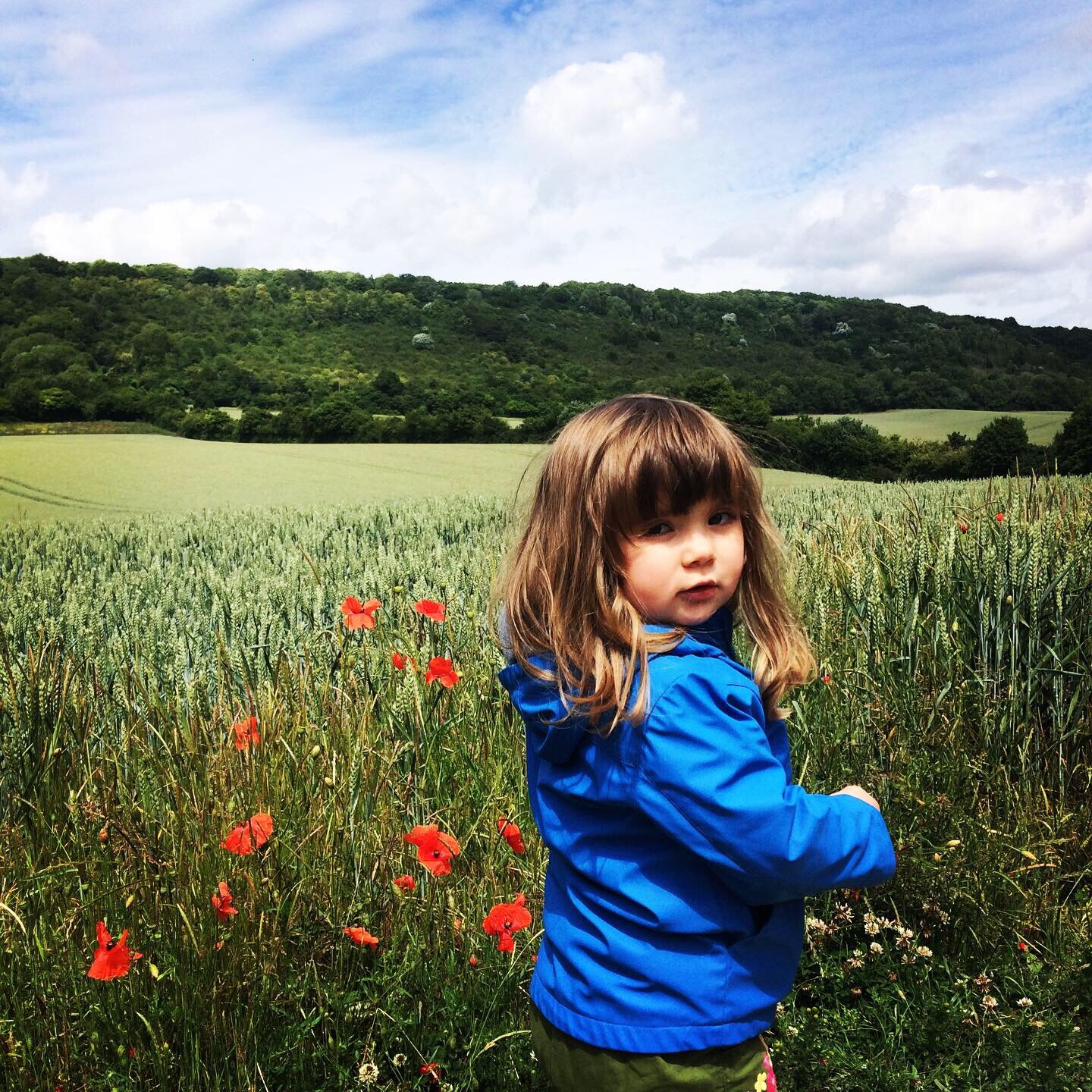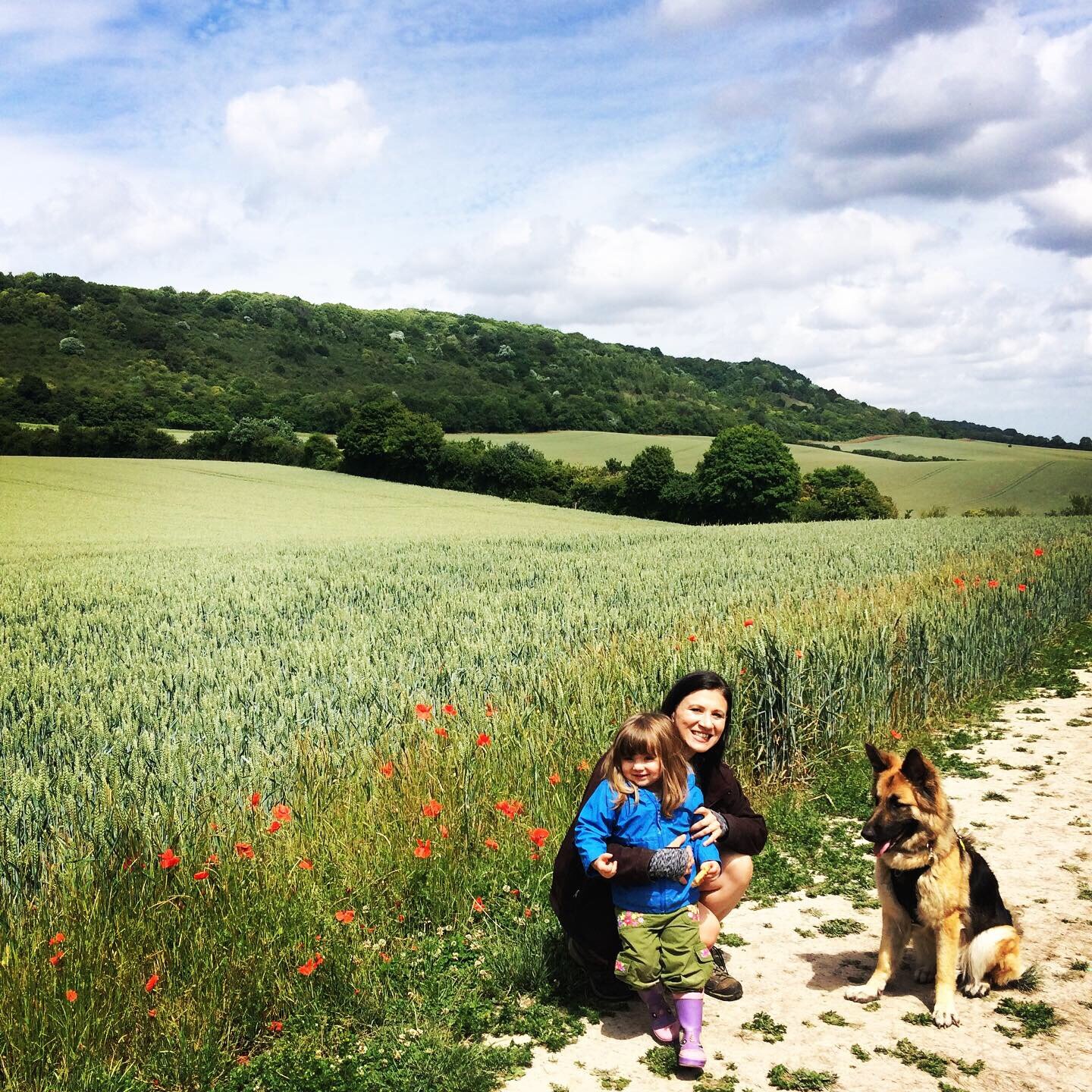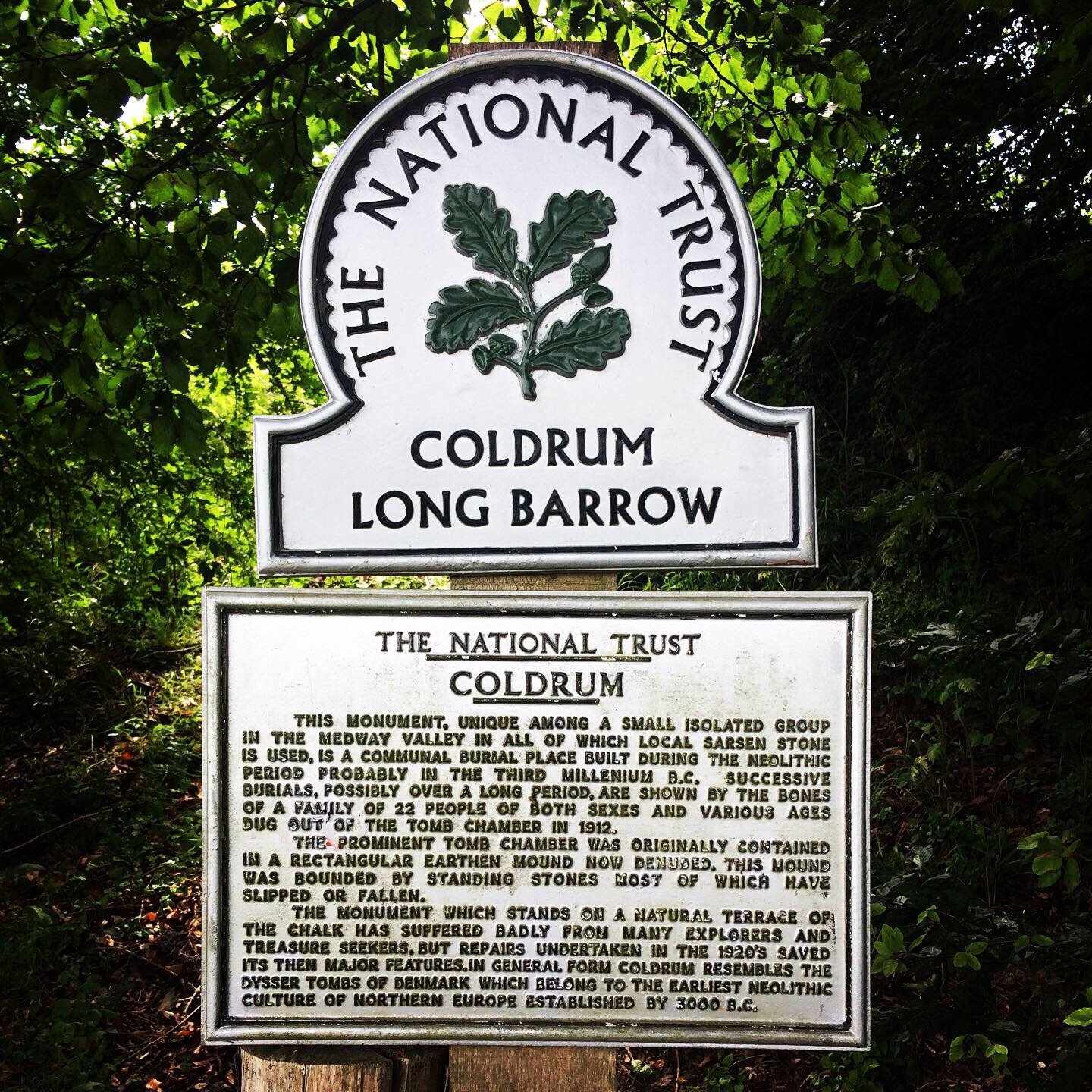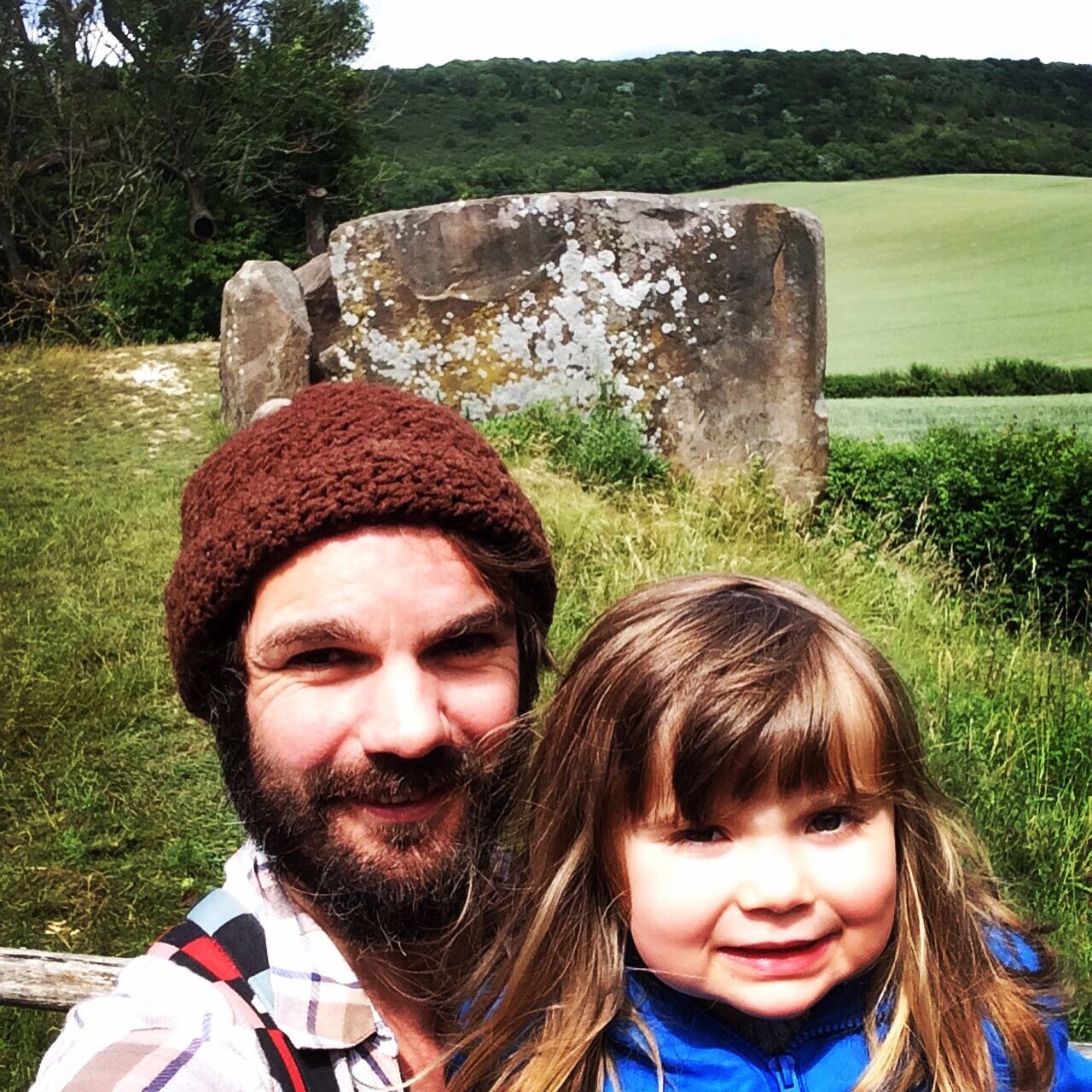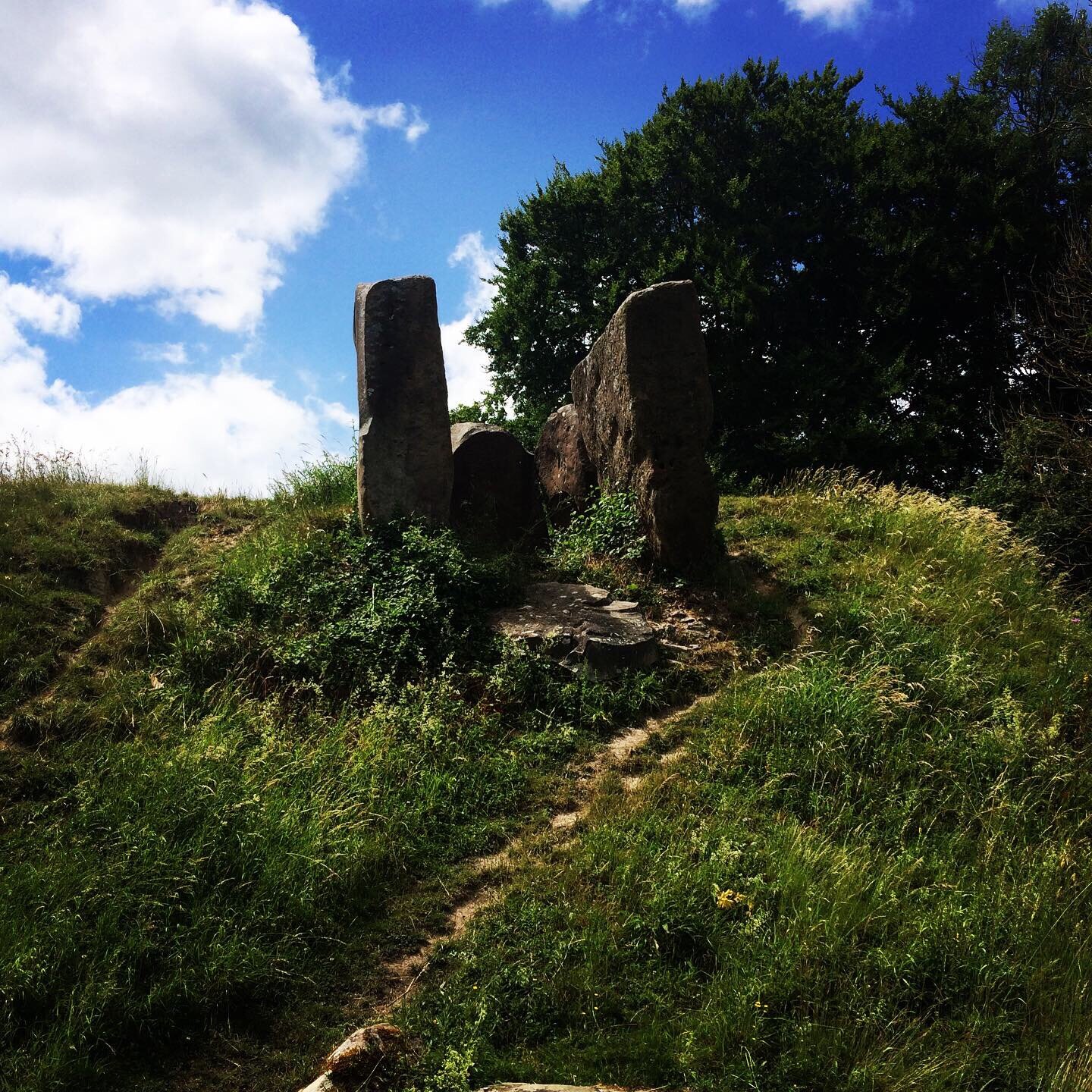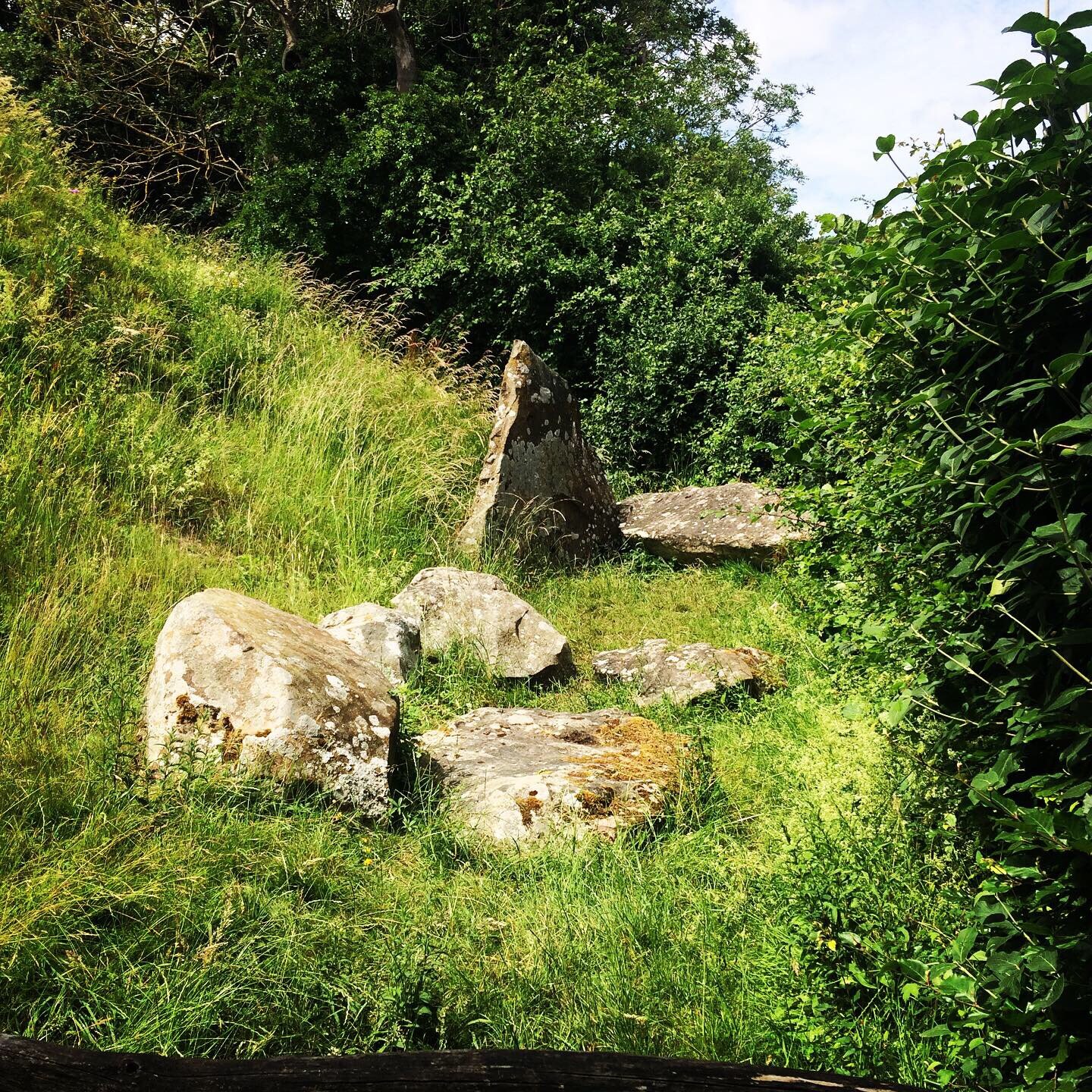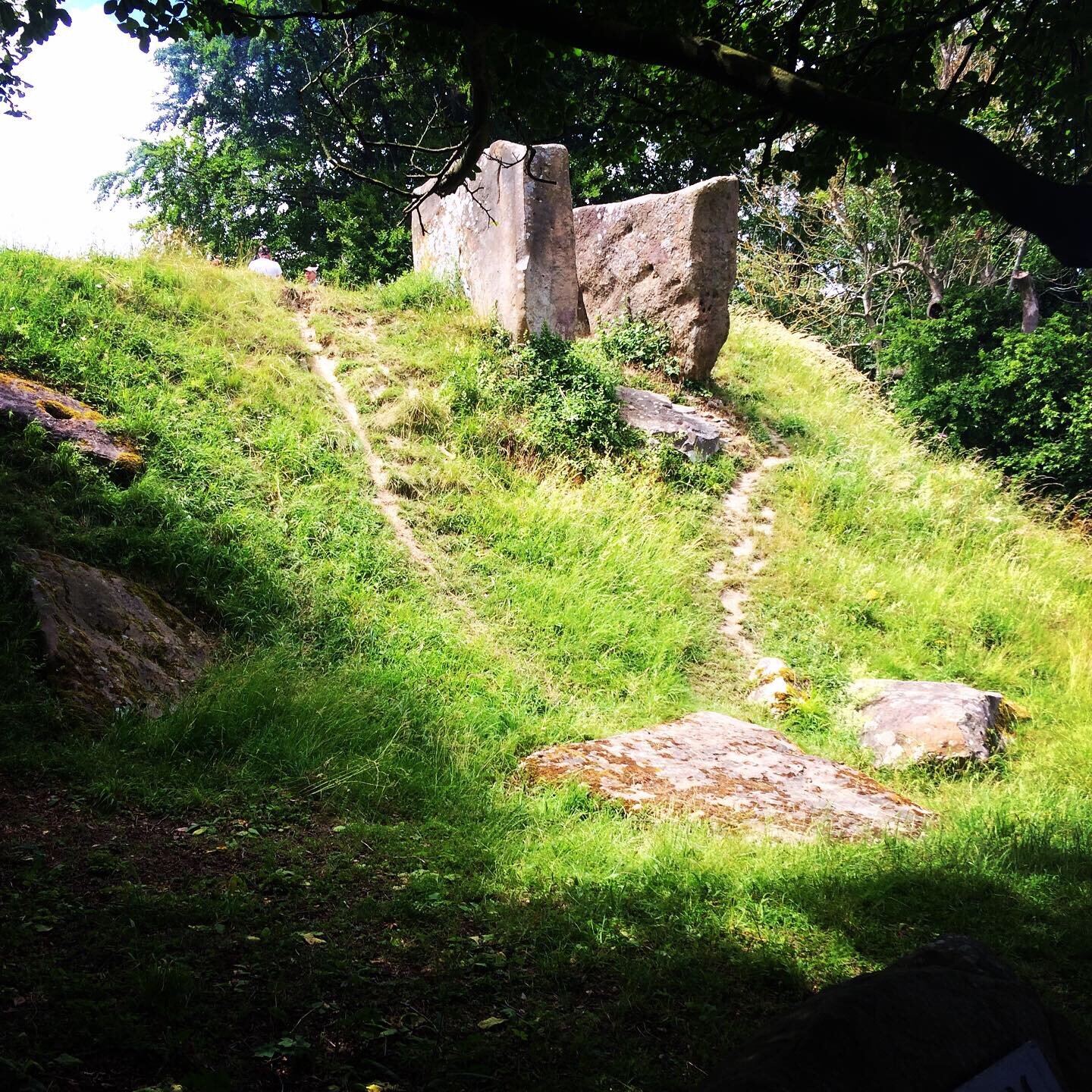All lockdown and no adventure makes Archaeofam awfully sad
All Lockdown and no Adventure makes Archaeofam aWfully sad
All lockdown and NO adventuremakes Archaeofam AWfullY sad
aLl LOckDown and No Adventure mAkes Archaeofam 4wfu11y SAD
AlL L^*KdowN aNd N£ A&venture M@kes #rchAeofaM ^W£ullY $ad
It seems to have been terrorising us forever, this awful, heartbreaking pandemic. It is a truly foul and frightening situation and our family are fully committed to doing our part, staying in isolation and away from others to help stem any spread of infection.
Of course, that doesn’t mean we don’t utterly miss being free to explore the sublime world around us. It seems strange to think back on adventurous days almost a year ago when we could make thrilling plans and travel to new unseen parts of this wonderful island, to witness fresh and fascinating feasts for our eyes and to revel in the awe-inspiring histories littering every inch of Albion.
Yet despite the current lamentable situation of the virus stricken planet, we are not completely caged, for as long as we are vigilant, it is safe to venture out on short isolated walks for exercise purposes. We cannot stress enough how important we believe it is to remain socially distanced from all who are not part of a bubble, but this has been a unique opportunity for us to explore some of the curious wonders closer to home.
In a recent poll, Tonbridge was named the happiest place to live in the whole of south-east England! (as long as you don’t count Richmond Upon Thames, which came out above Tonbridge and is in fact in the south-east of England, but let’s just ignore that, for now, shall we?!)
We are fortunate enough to currently call this cosy little corner of the world home. On a couple of former journal entries, we explored certain parts of the historic town, but the lockdown has been a wonderful chance to really get to know this quirky little community and its remarkable landmarks.
For us, Tonbridge is a tale of two castles.
The earliest of these is the incredible, though lesser-known, Iron Age hill fort upon Castle Hill.
There are actually two hillforts upon Castle Hill, both of which were excavated during summers between 1969 and 1971. The late S E Winbolt, who was under the impression there was only a single hillfort, had conducted earlier work in 1929. It was not until aerial photography was utilised that this mistake was understood and early plans of this ancient monument were revised. The fortifications on the arable segment of land have been largely ploughed out, but evidence remains intact in the forested areas.
This particular position in the landscape was an important aspect of high ground, 400 feet above sea level, controlling a northwest to southeast route to the river at Tonbridge, a frequent crossing point of the magnificent Medway. British Museum radiocarbon dates of charcoal at the site indicate the forts were in use between 315 – 228BC. The earlier of the two forts appear to have suffered fiery destruction, though it is unclear whether this was an accidental or deliberate action. The volume of burnt timbers suggests a dramatic and sudden event. This first fort was subsequently abandoned and a second soon occupied.
Archaeologists argued the residents of these fortifications were probably farmers or peasants, protecting themselves from unclear outside threats, perhaps Belgic invaders, early Roman influence or rival neighbouring tribes, or something altogether more ghastly. They utilised the forested landscape and built oak palisades and revetting fences along the ramparts. The main outer rampart of the first fort was 30 feet wide and 12 feet deep, the inner rampart 15-18 feet wide. Inside the rampart from an entrance to the east, the surface was cobbled with ironstone.
Our meanderings have often concluded in strolling by this magnificent hidden gem. The surrounding countryside is so peaceful and stunning. It is one of the things that drew us to Tonbridge, to begin with. A town with all the amenities we could possibly require, yet a short walk in any direction and we could be wandering through green pastures and witnessing stunning hilltop landscapes and a scattering of historic villages and buildings.
The other, more famous of Tonbridge’s Castles is... Tonbridge Castle!
The castle sits at the heart of the town, majestically crowing a small rise by the river. It bravely commands the main river crossing, now part of the high street and is an easy point of reference for residents and visitors alike.
The castle came to be shortly after the Norman Conquest of England in 1066. It was a simple fort of earth and timber, a Motte-and-Bailey castle which guarded the crossing of the River Medway. The castle was built by Richard Fitz Gilbert who was granted the land by William the Conqueror. It is thought that between 30,000 and 50,000 tonnes of earth were shifted to create the moat and erect the Motte.
The Castle continued in the family and was handed down to the De Clare family, descendants of Fitz Gilbert. This family continued the development of the castle, replacing the wooden structures with stronger stone-built fortifications. They were to make a big mistake however as they rebelled against King William II, whose army besieged the castle and burnt Tonbridge to the ground.
The De Clares were allowed to retain the castle and continued to improve its defences. In the thirteenth century, a stone curtain wall connecting great towers at each corner was built around the whole town for protection and a twin-towered gatehouse was erected.
During the reign of Henry III, the castle was said to be one of the strongest fortresses in England. His niece, as well as Edward I daughter, was a mistress of the castle.
The castle ceased to be a residence after the 16th century, apart from a brief period when it was occupied during the Civil War, though it saw little action, with the warring parties clashing elsewhere nearby.
On days when a lengthy adventure seems too much of a trial, a wander to the Castle is a perfect tonic. We often stroll across the green, Audrey loving the opportunity to hunt for treasure or run through the grassy fields. If the weather isn’t the greatest, this whole area can become inundated with water. It was perhaps added security in days gone by, now, however, it is a convenient messy playground for our little explorer.
Whilst the original structure that adorned the Motte-and-Bailey is long gone, it is still possible to climb the imposing mound and view the ruins at its peak. This is a great opportunity to witness the spectacular strategic landscape which made the area perfect for such a defensive powerbase.
One of the most wonderful things about our little town is the abundance of worthy public house options! There are watering holes for all tastes. Rustic old pubs like the Vauxhall Tavern or the Tudor built Rose and Crown, both old coaching inns, or the Chequers Inn, itself dating back to the 15th century but on a site where an Inn has likely stood since 1264.
Nearby the Chequers was the traditional spot for punishments in the town, which included stocks and a whipping post. In July 1555 Margery Polley was burnt here for her religious beliefs and in July 1575 Katherine, the wife of Edmund Brystowe, was burnt for poisoning her husband.
You can also find great Sports Bars like the George and Dragon or the Gatehouse, or homely, artsy wonders like two of our very favourite places, The Foresters Arms and the Beer Seller, both with delightful decor, the best range of beers and even fantastic deals on pizza!
A short drive opens a whole new range of wonderful options including our old local, the first place we ever enjoyed a drink in this part of the world, The Poacher and Partridge, a stunning country pub with an amazing beer garden. There are of course countless more options and we will undoubtedly try to get around them all.
In any of our usual adventures we would sign off by finding one of these local pubs for a refreshing final beverage, but with the current difficult health and safety issues and the unfortunate closing of such establishments, we must refrain. Luckily, as we are in our home town, we can safely enjoy our favourite tipples from the comfort of our own living room.
Home sweet home!


